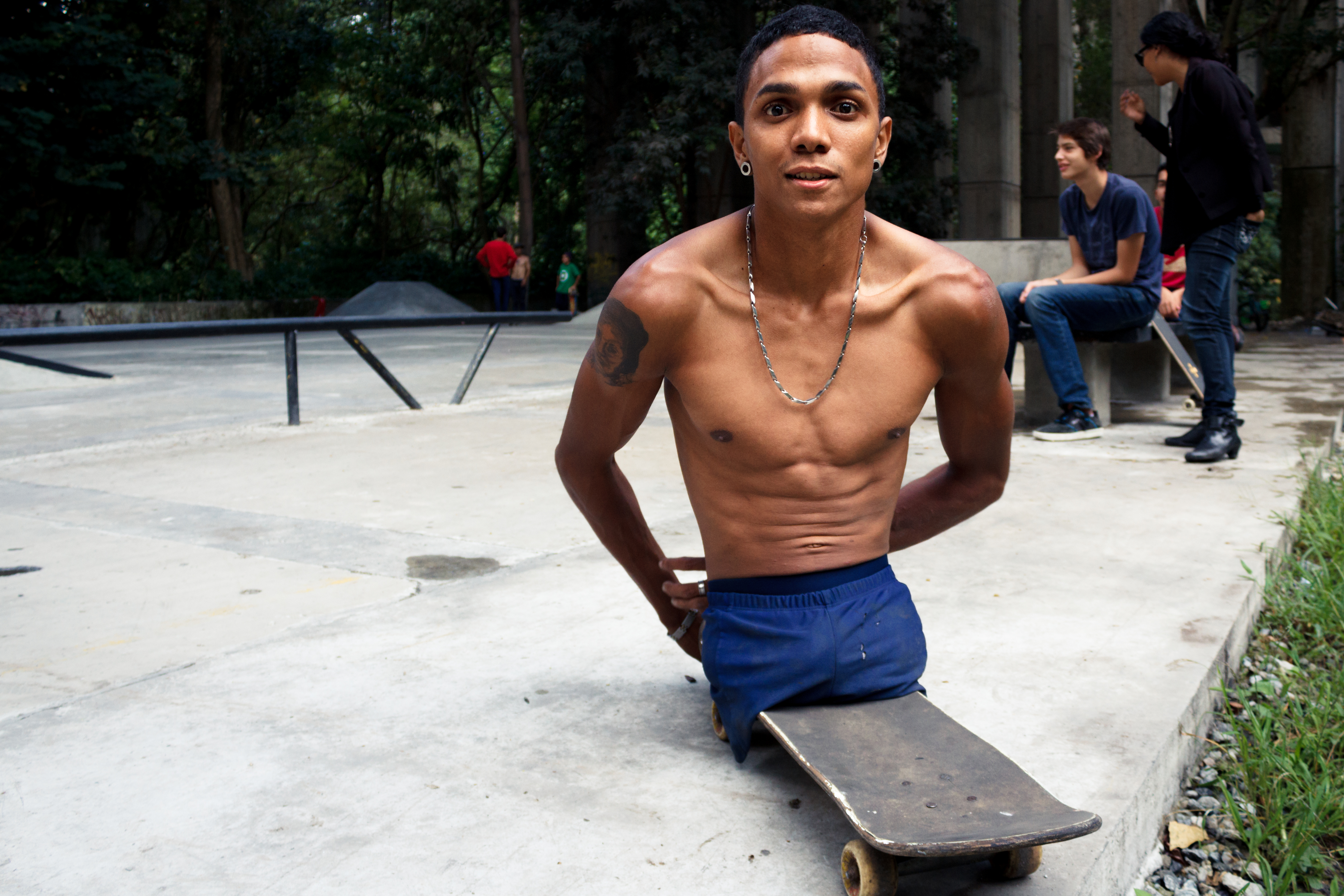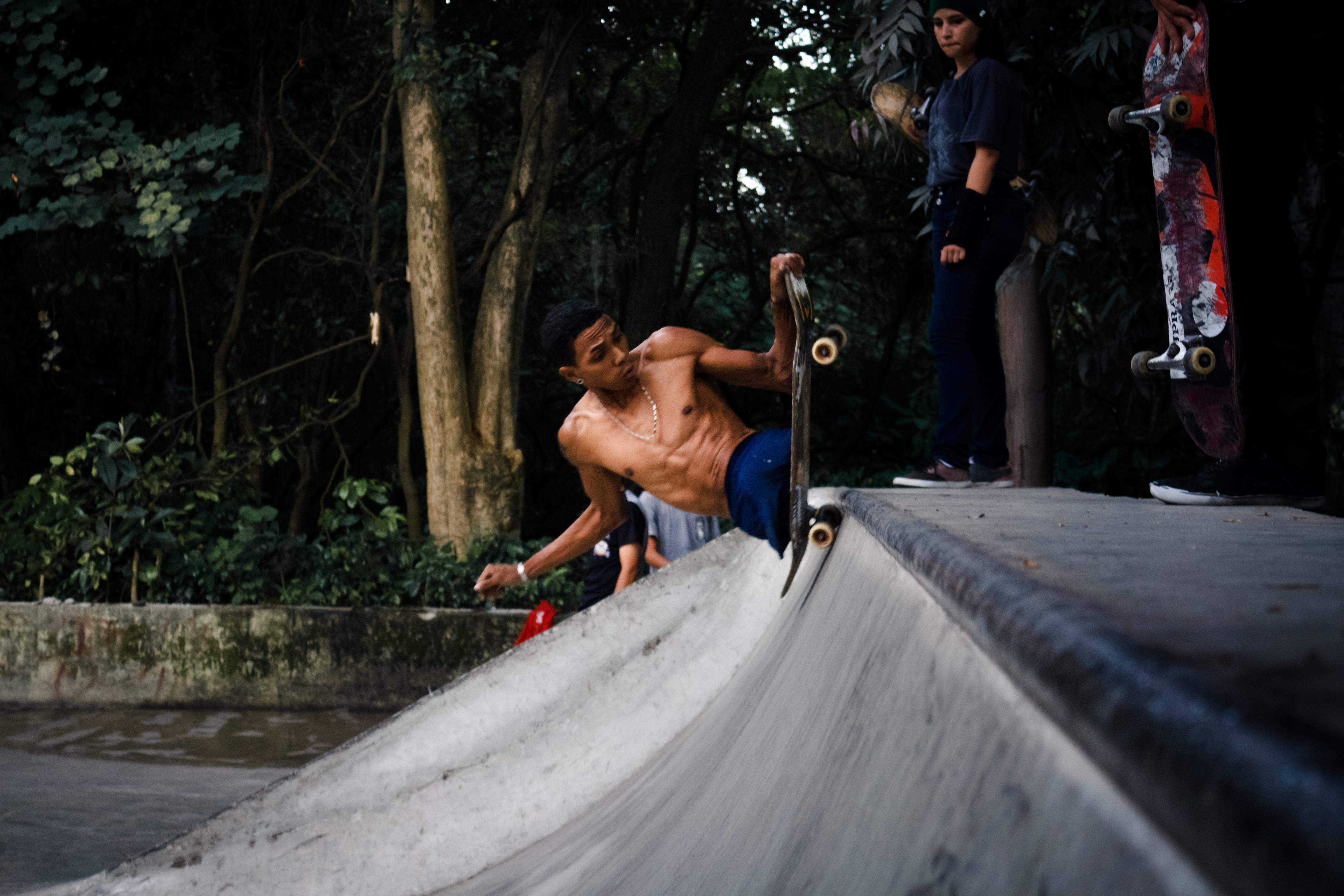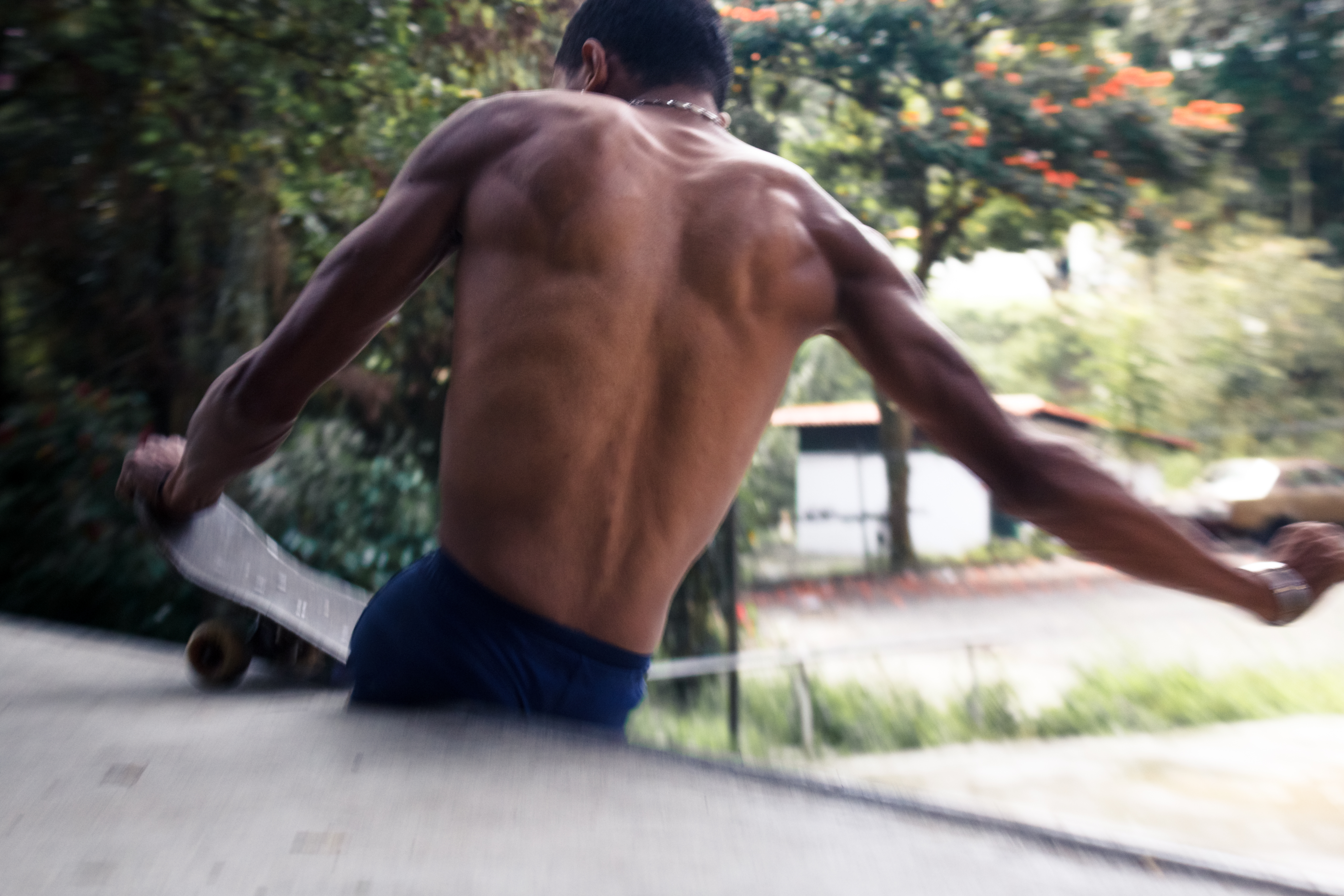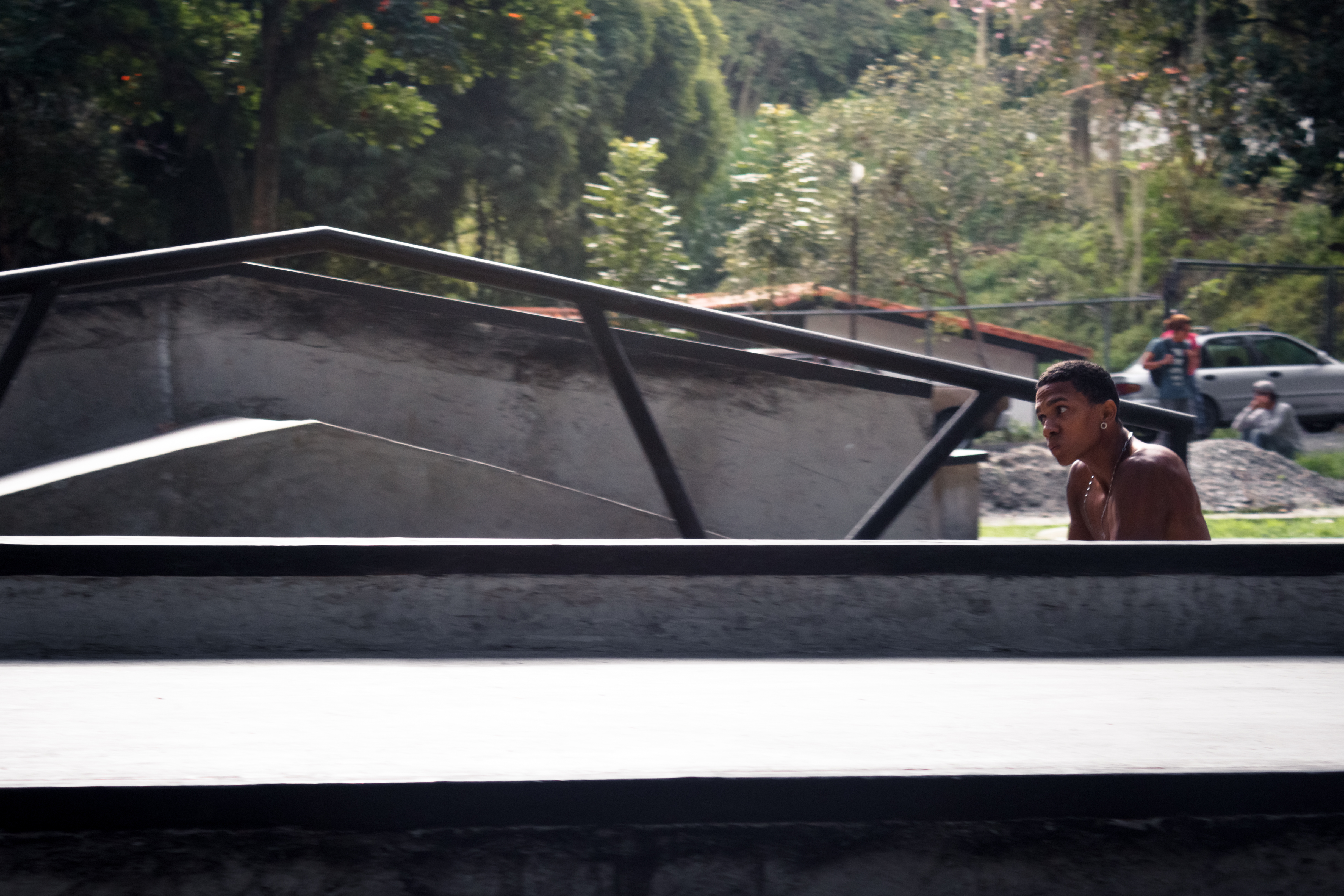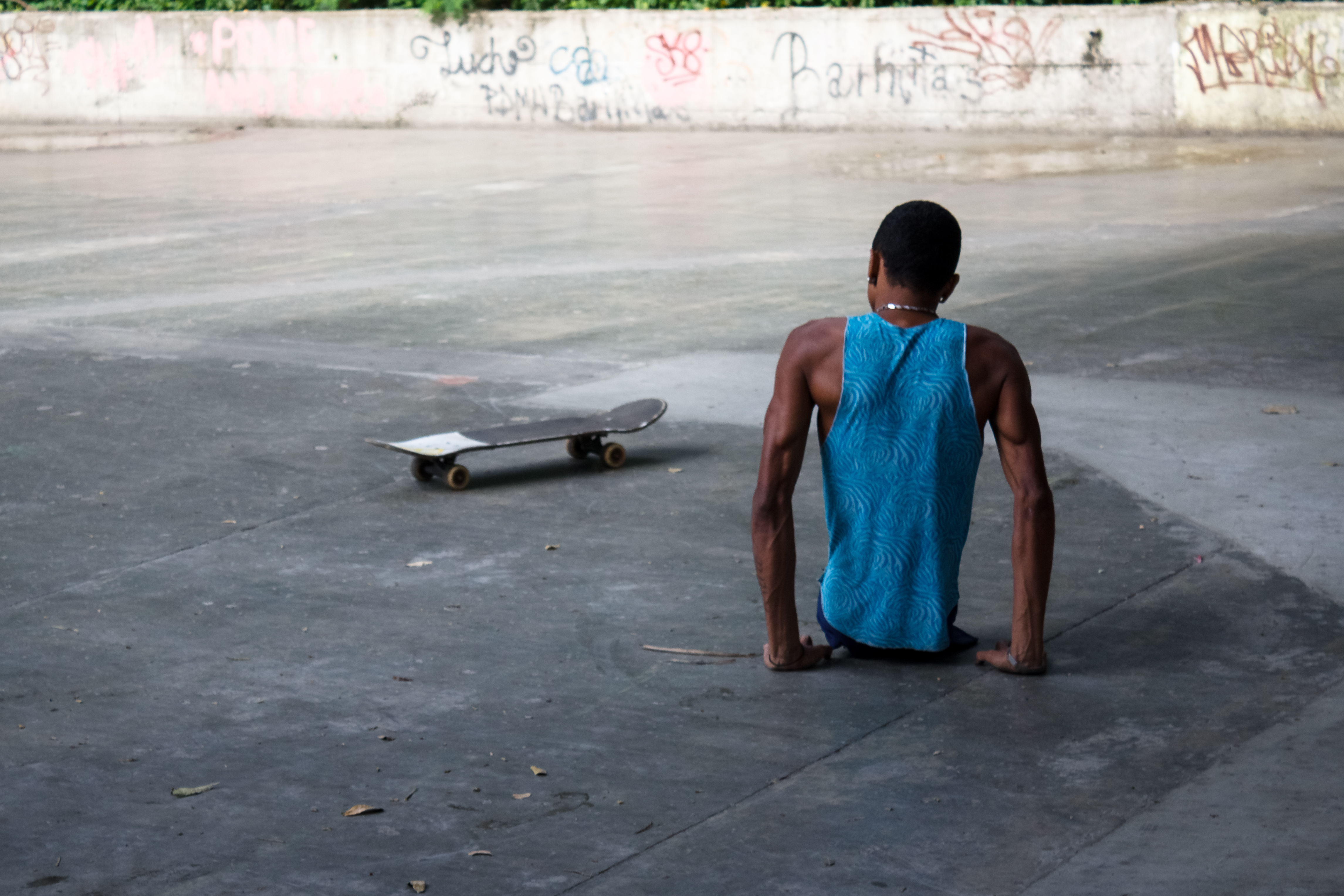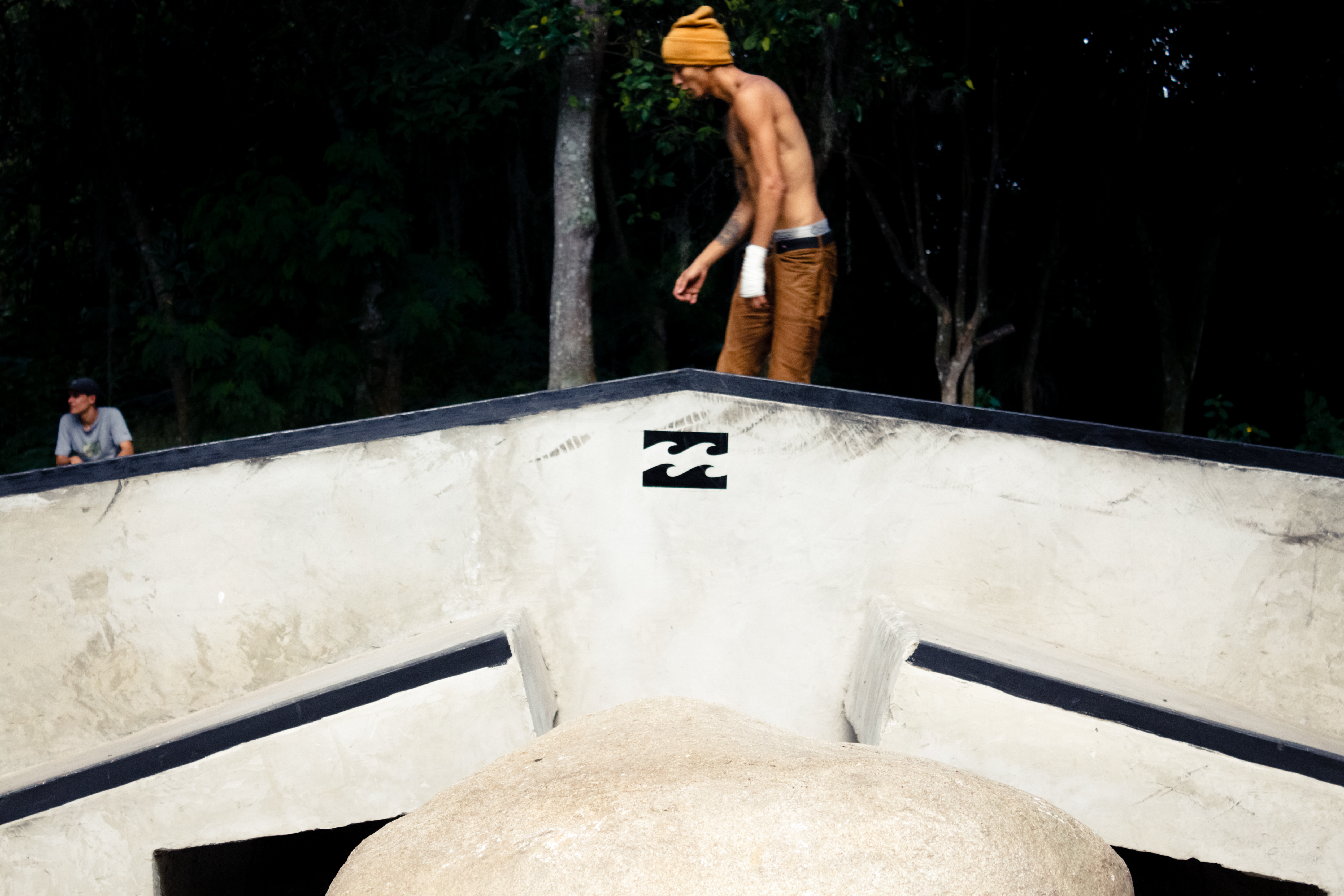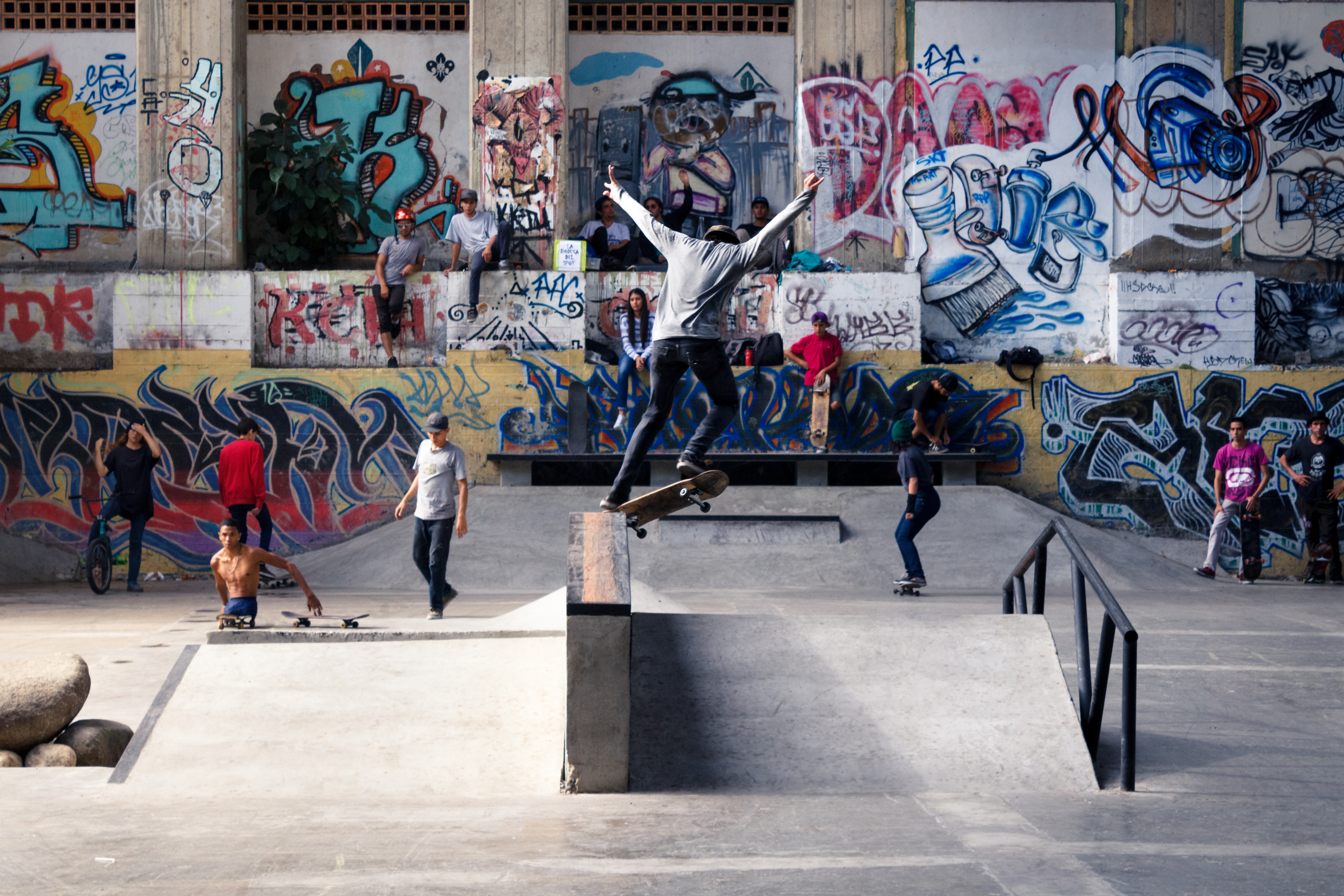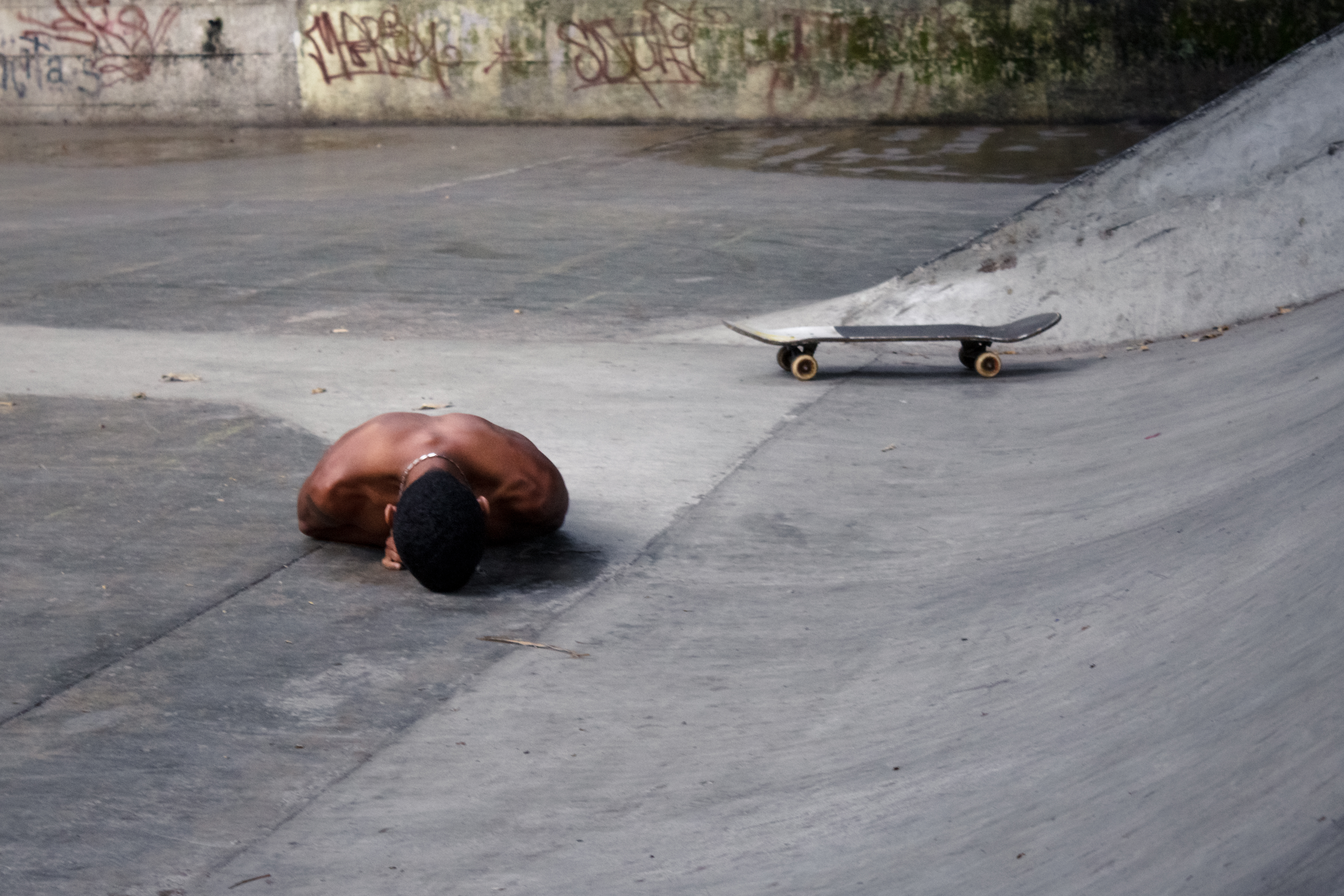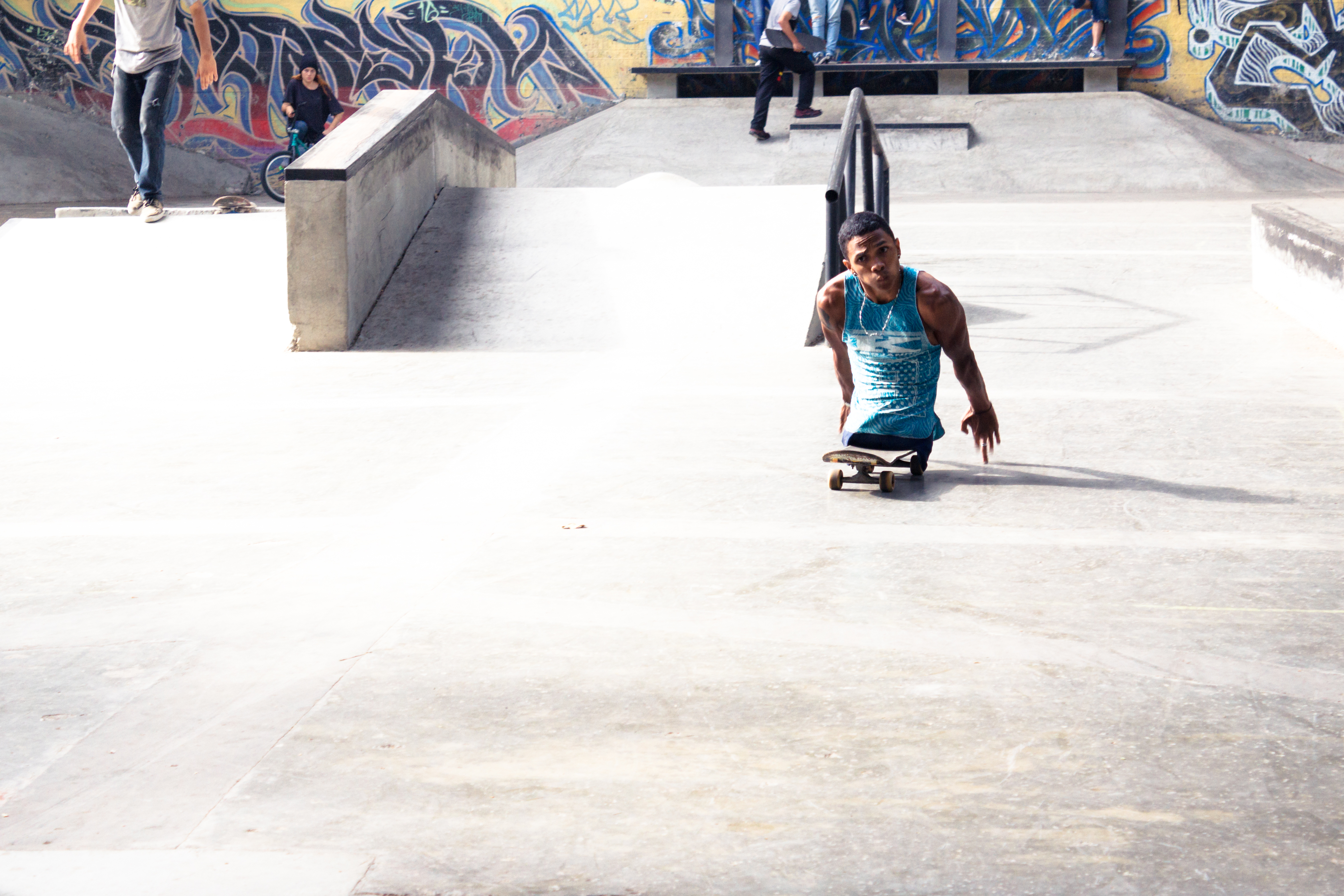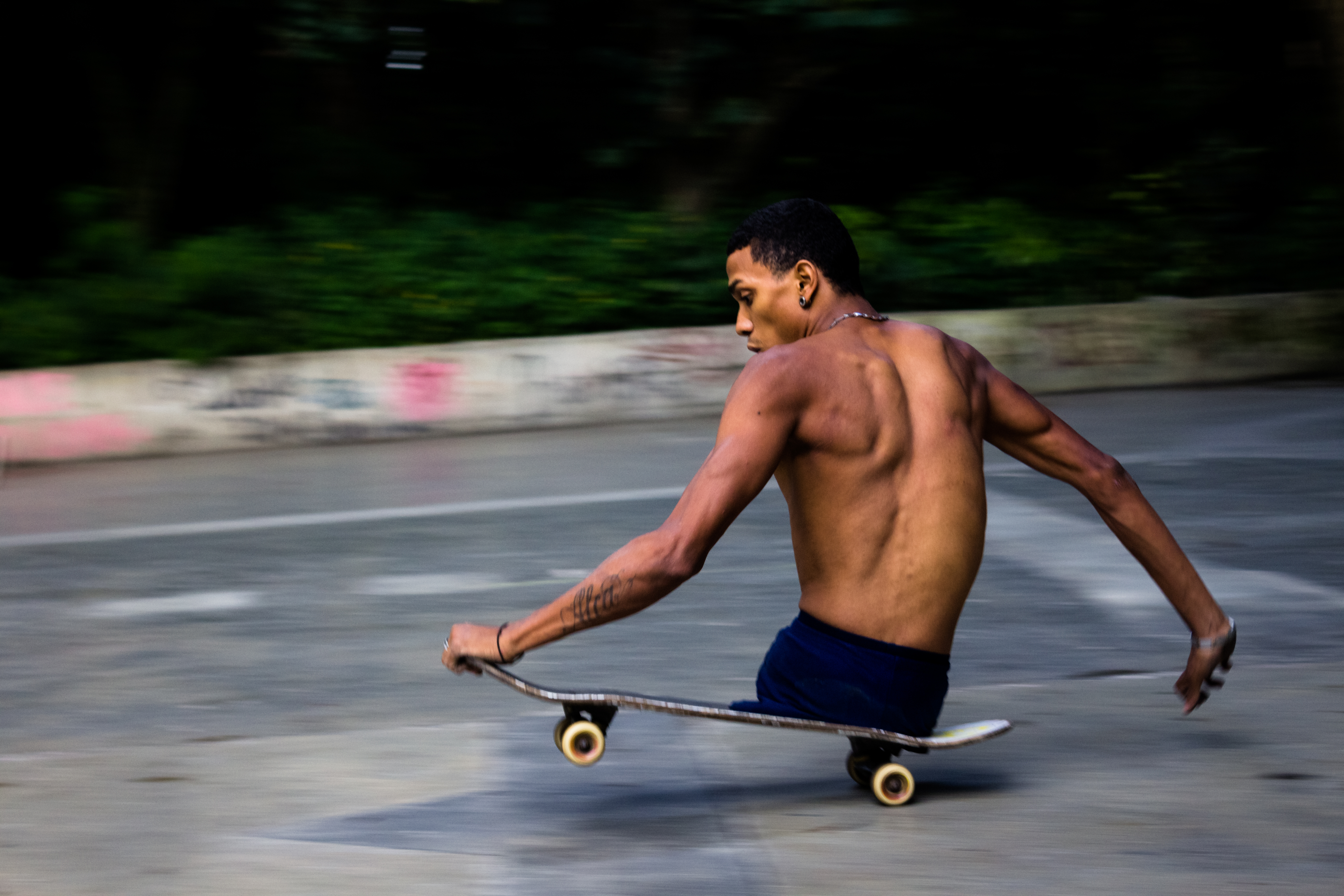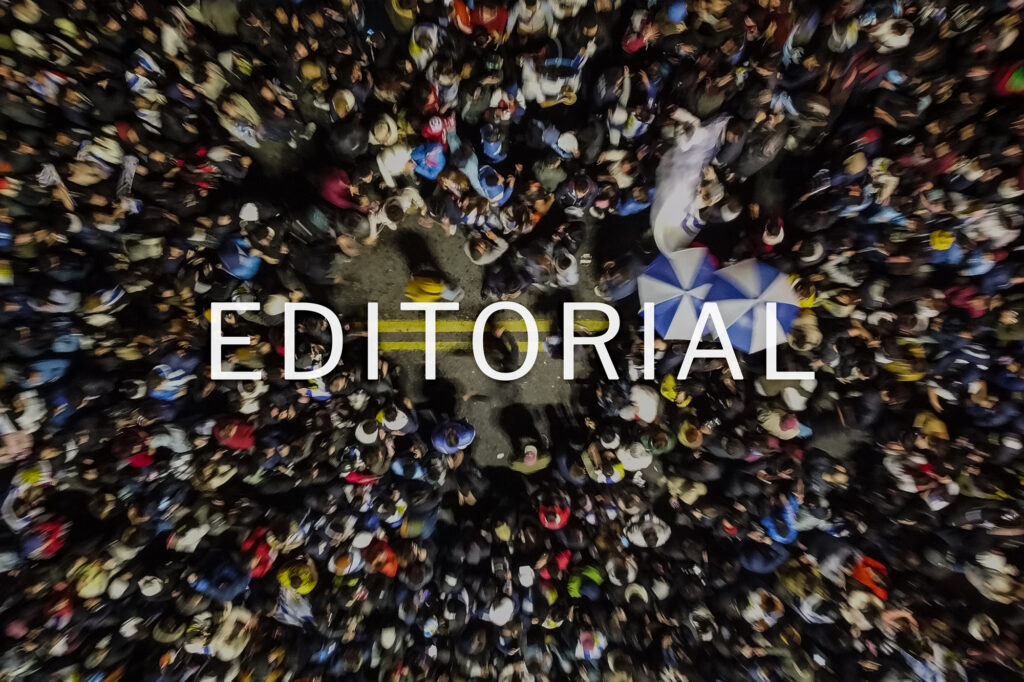
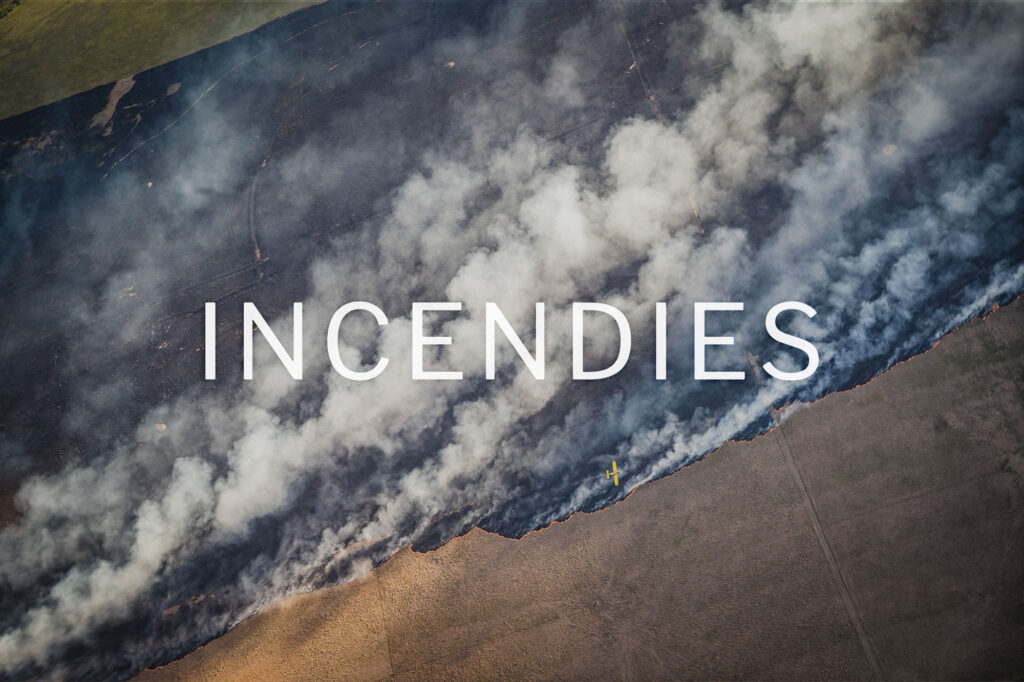
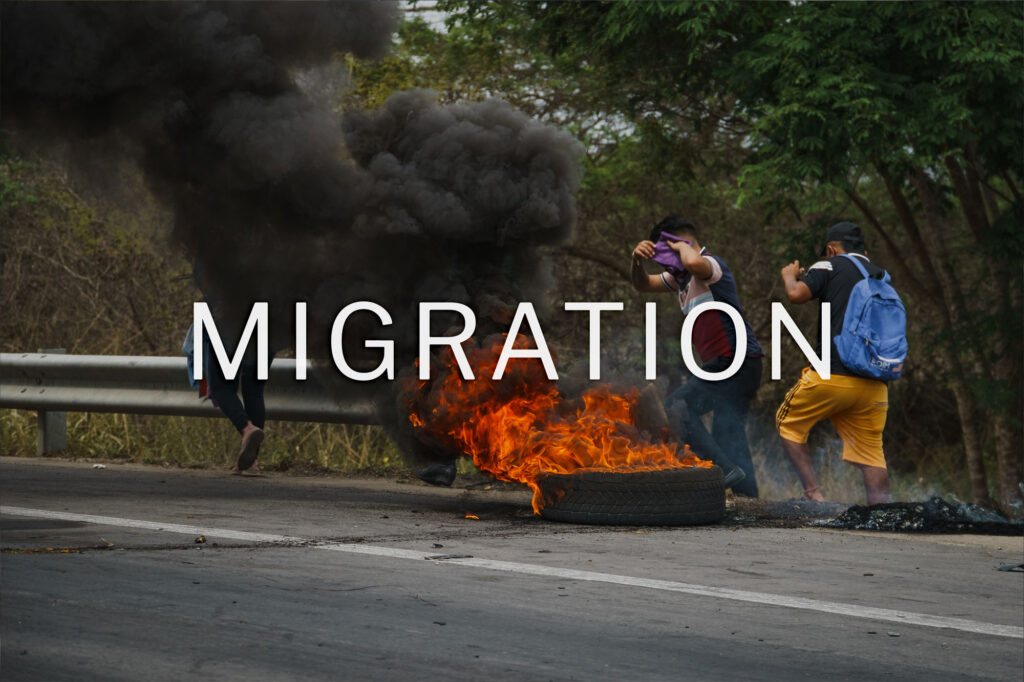
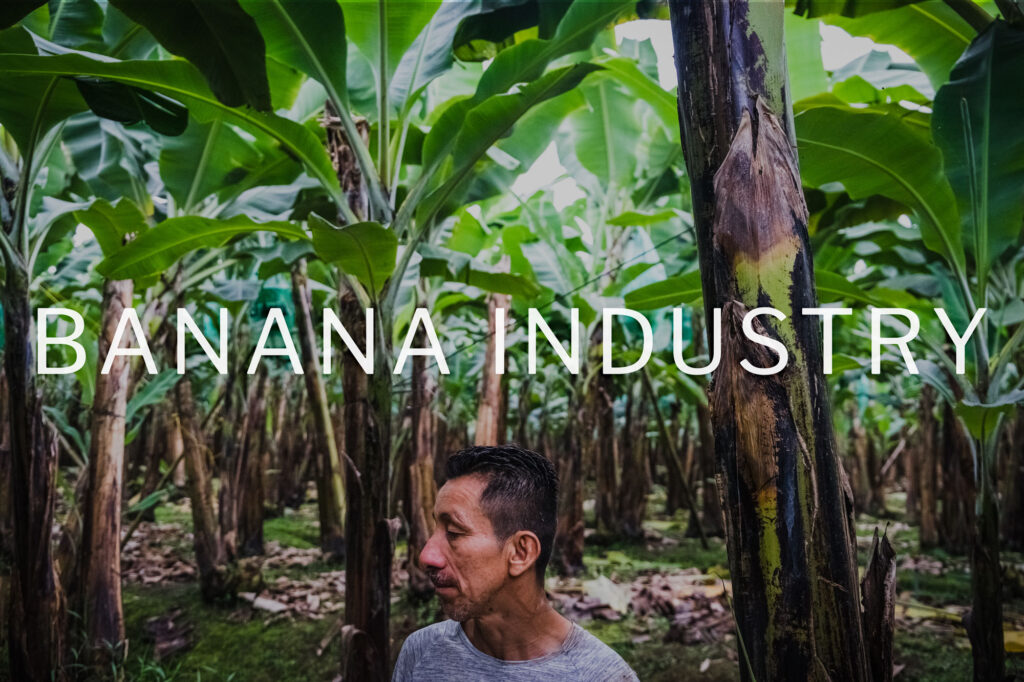
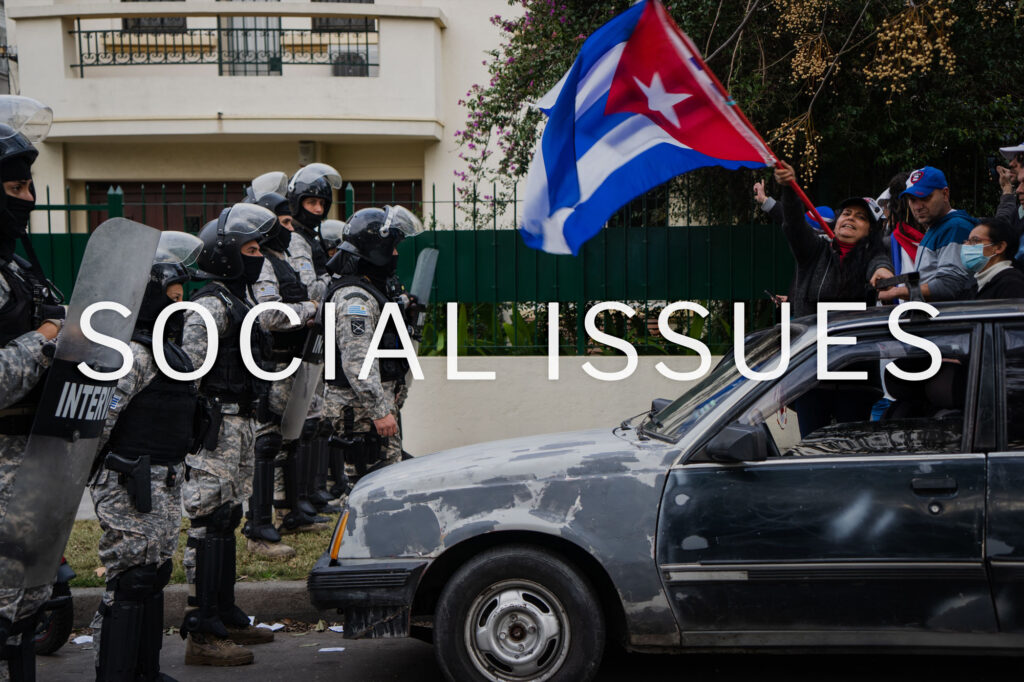
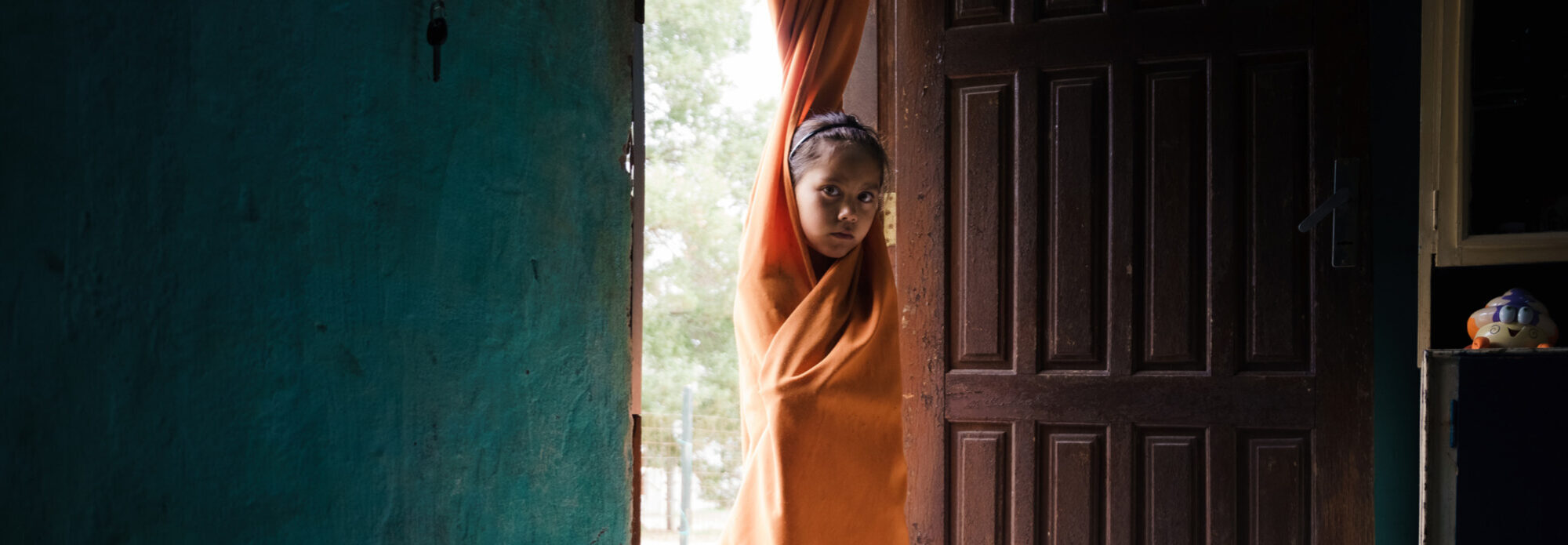
VISUAL CREATOR





See this project on Lensculture
Ask for the printed edition here
Most of the mysteries of this world live in darkness.
The condor can fly up to five thousand meters high and cross great distances in its forays in search of food.
Pre-Columbian Andean cultures consider it the bird that unites the sky and the earth and is responsible for raising the spirits of the dead to the sky.
I see photography as a way to abstract from the simple still images of my memory and turn them into moving evidence of the places that surrounded me, as a way to narrate the metaphors of my journey through these inner landscapes made in Uruguay and South America as a migrant that I am who is constantly questioned about where he comes from, knowing that there is no single answer.
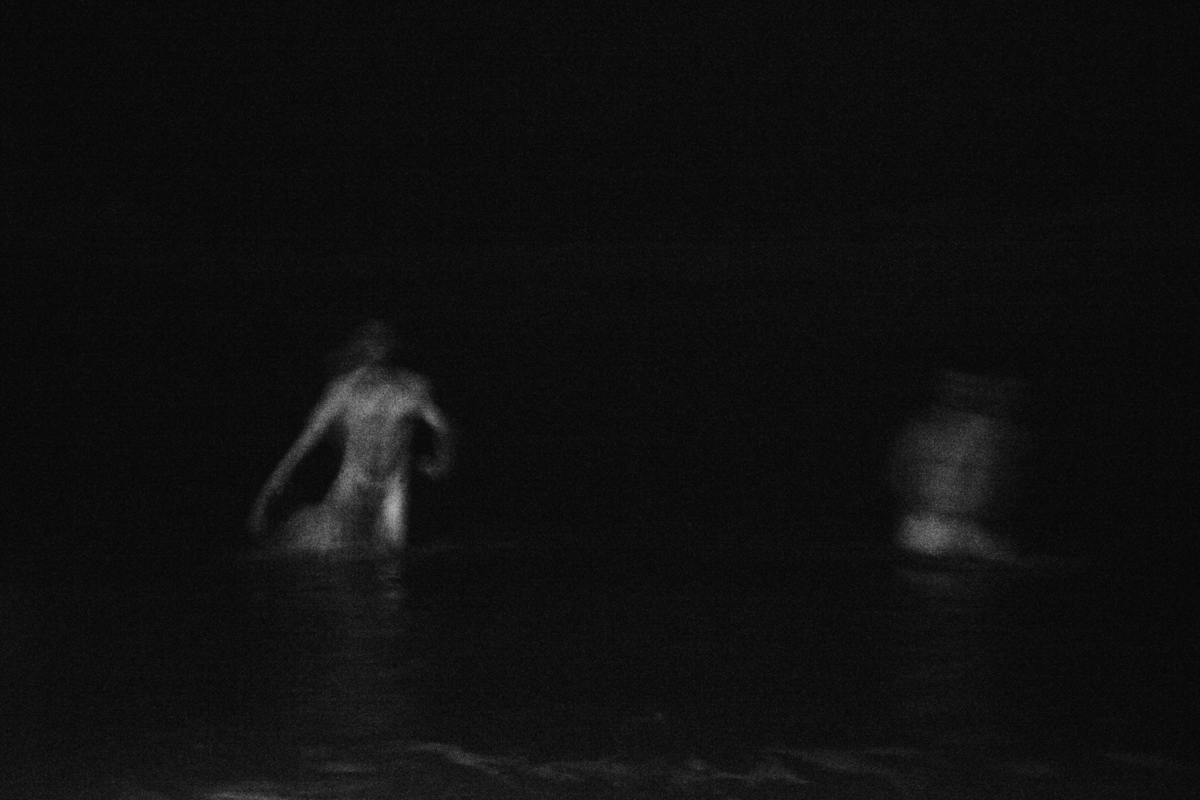
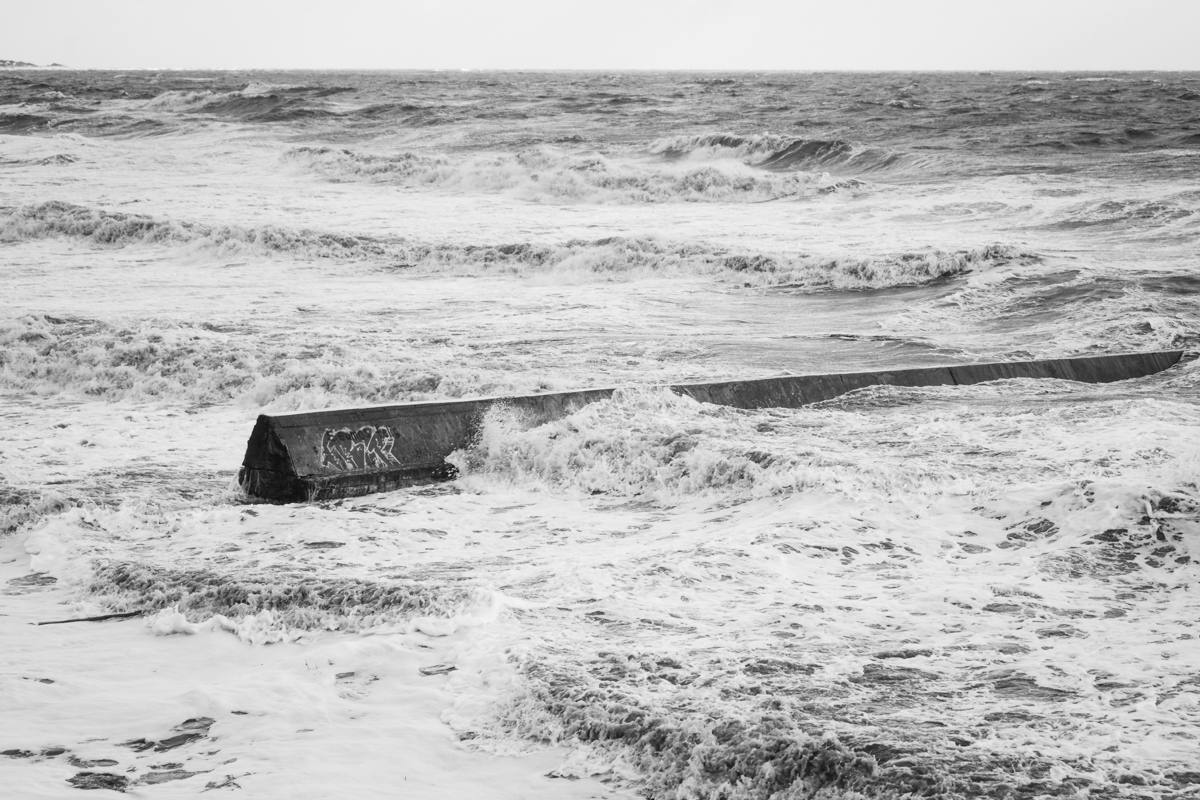
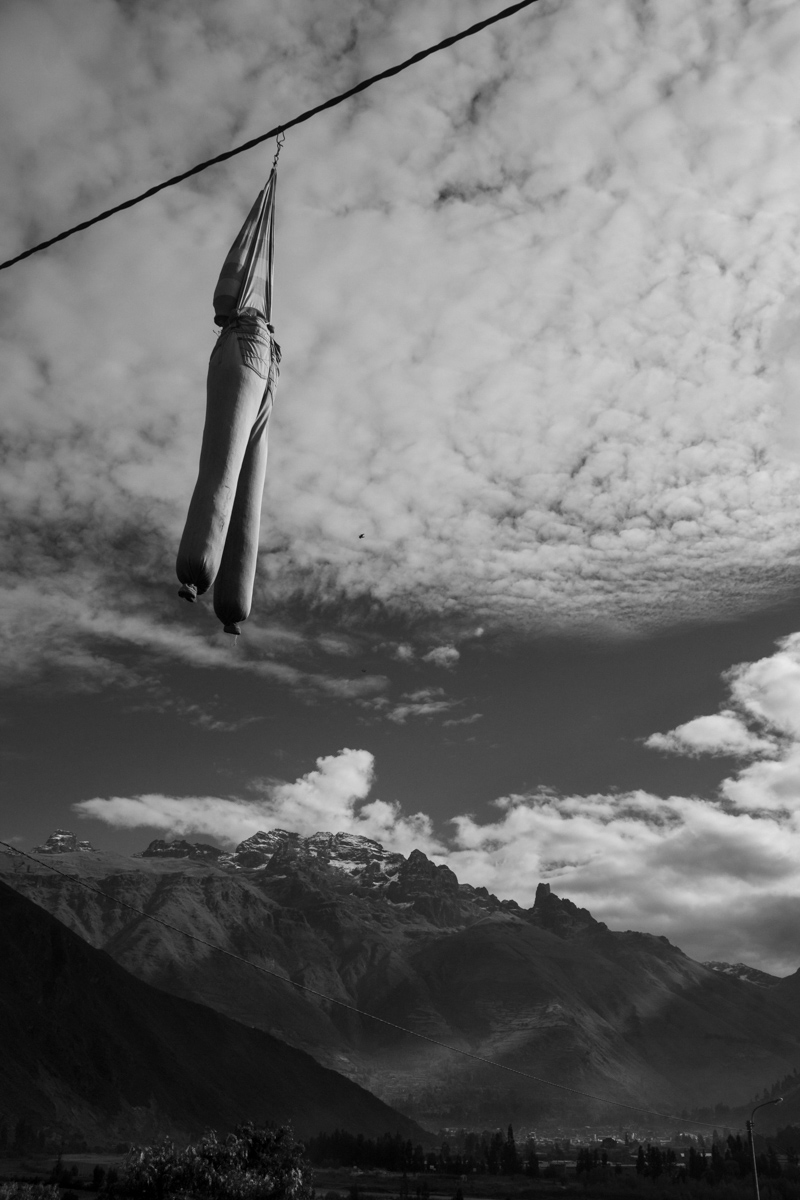
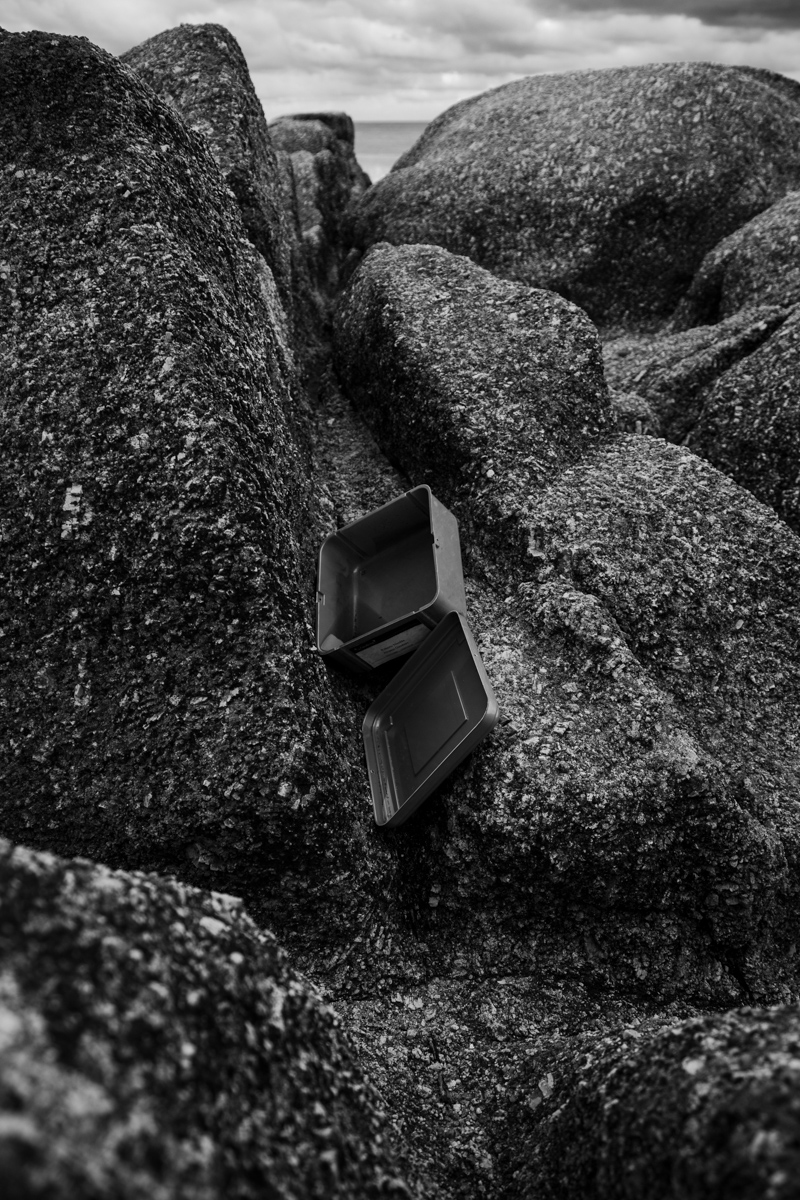
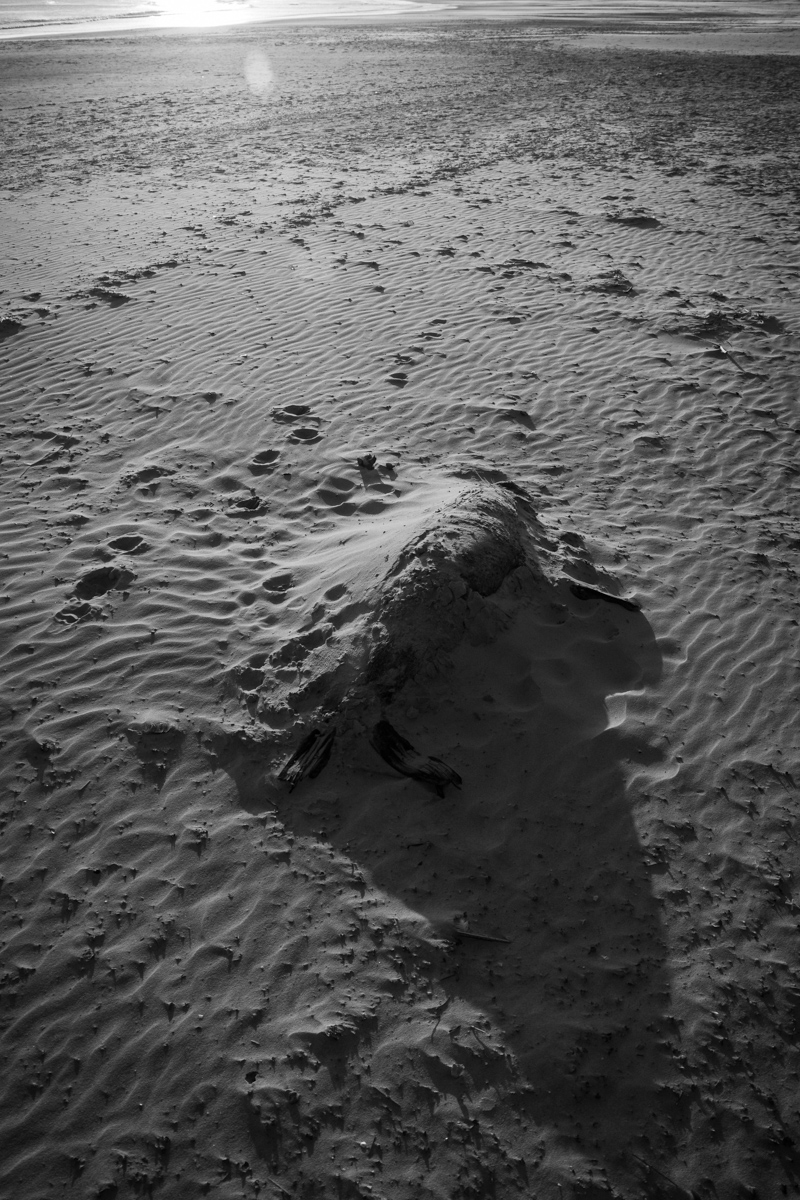
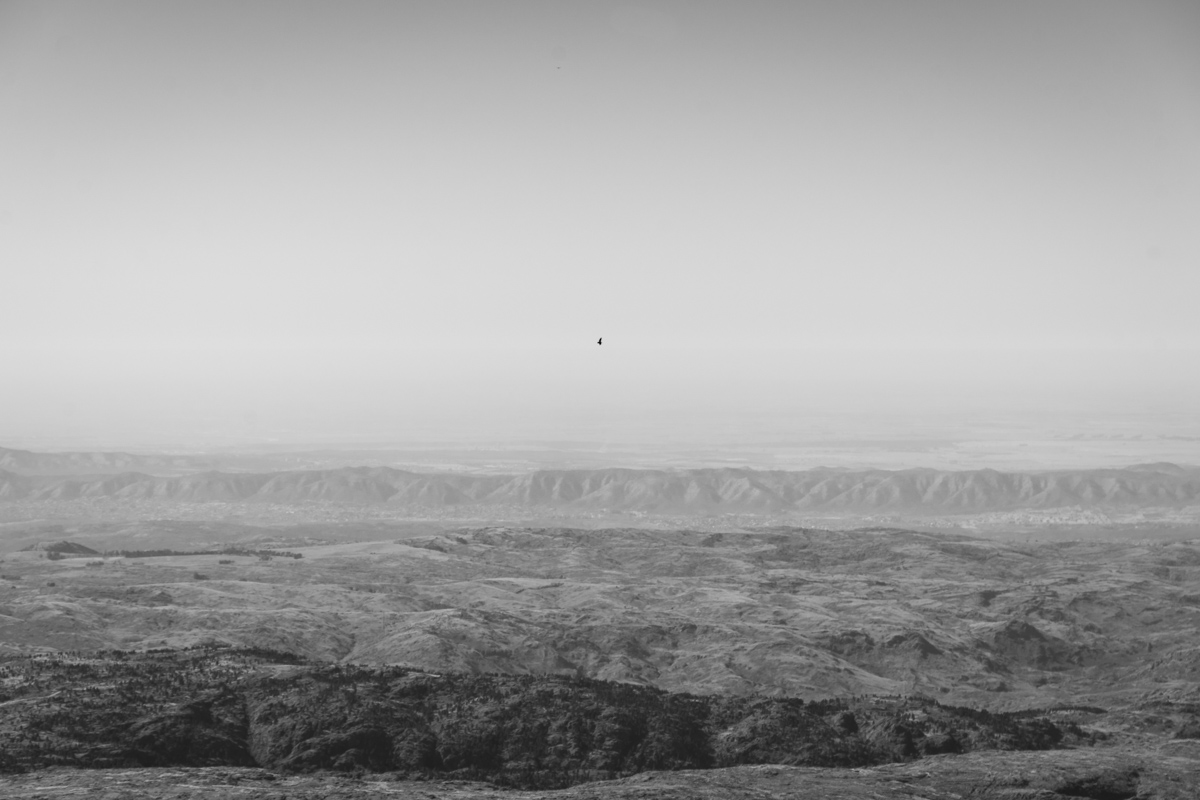
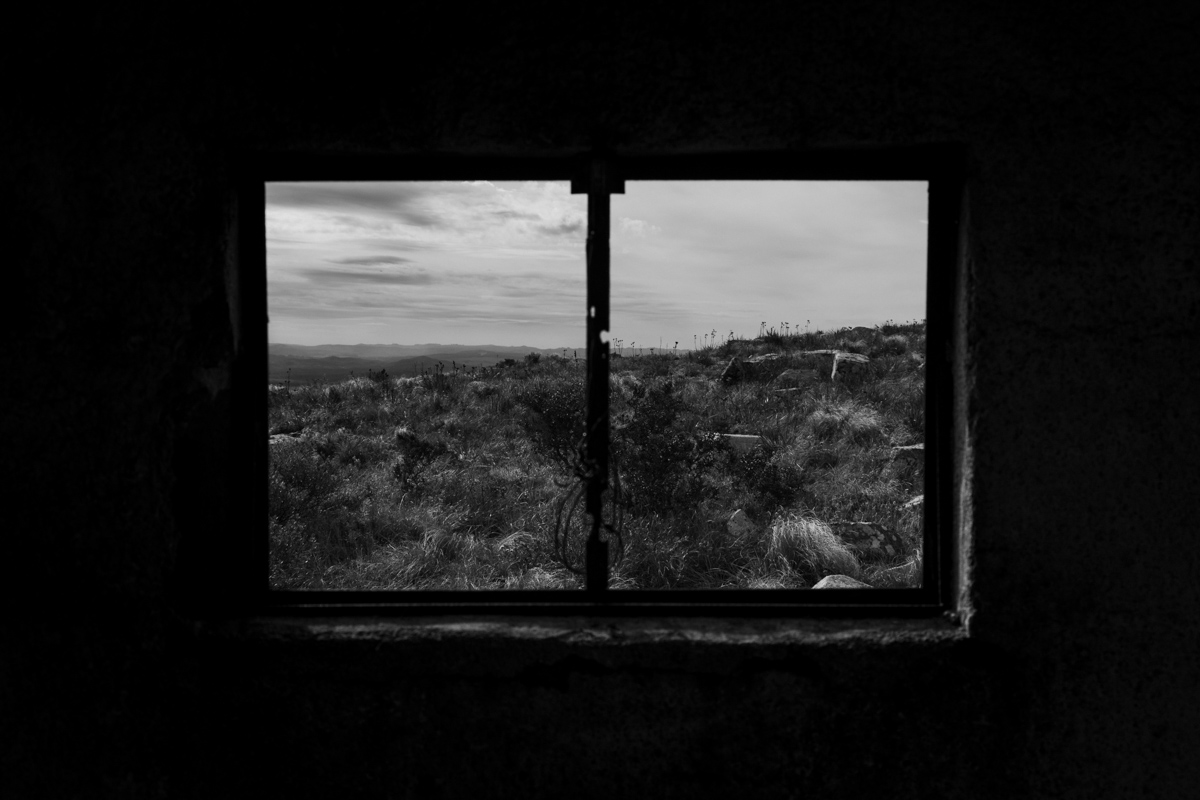
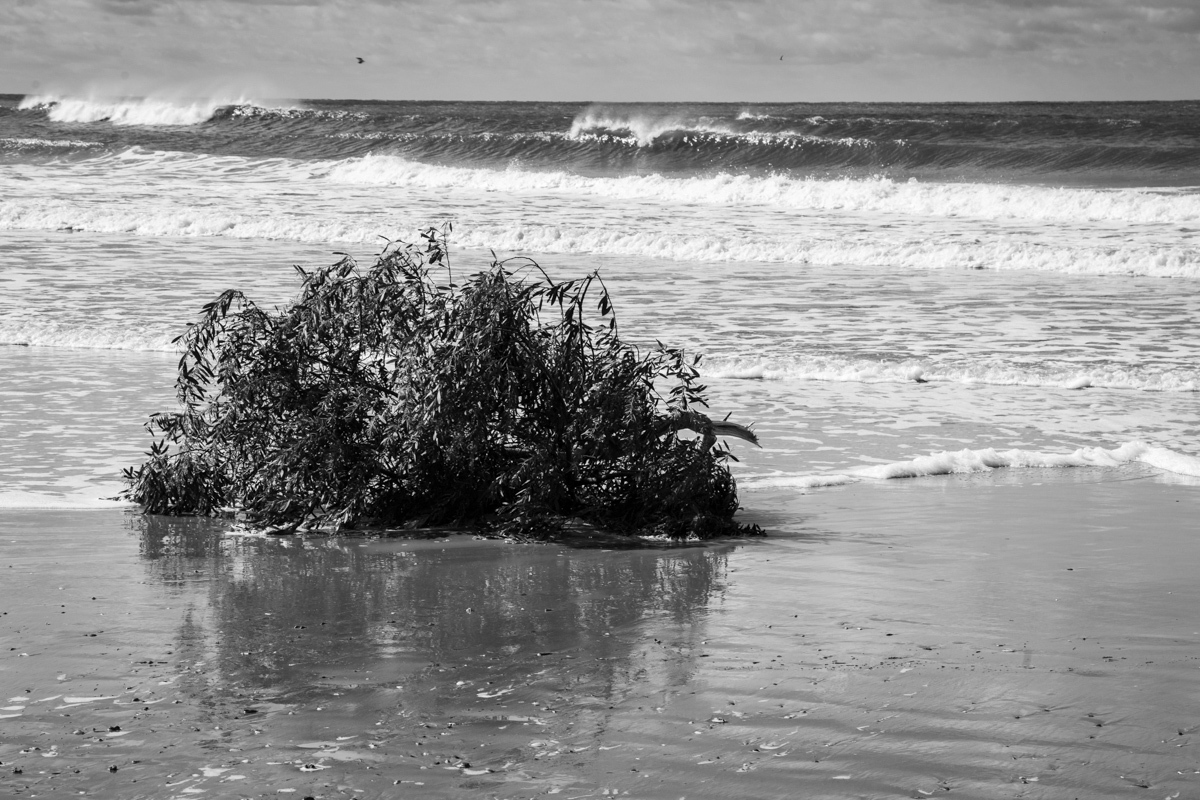
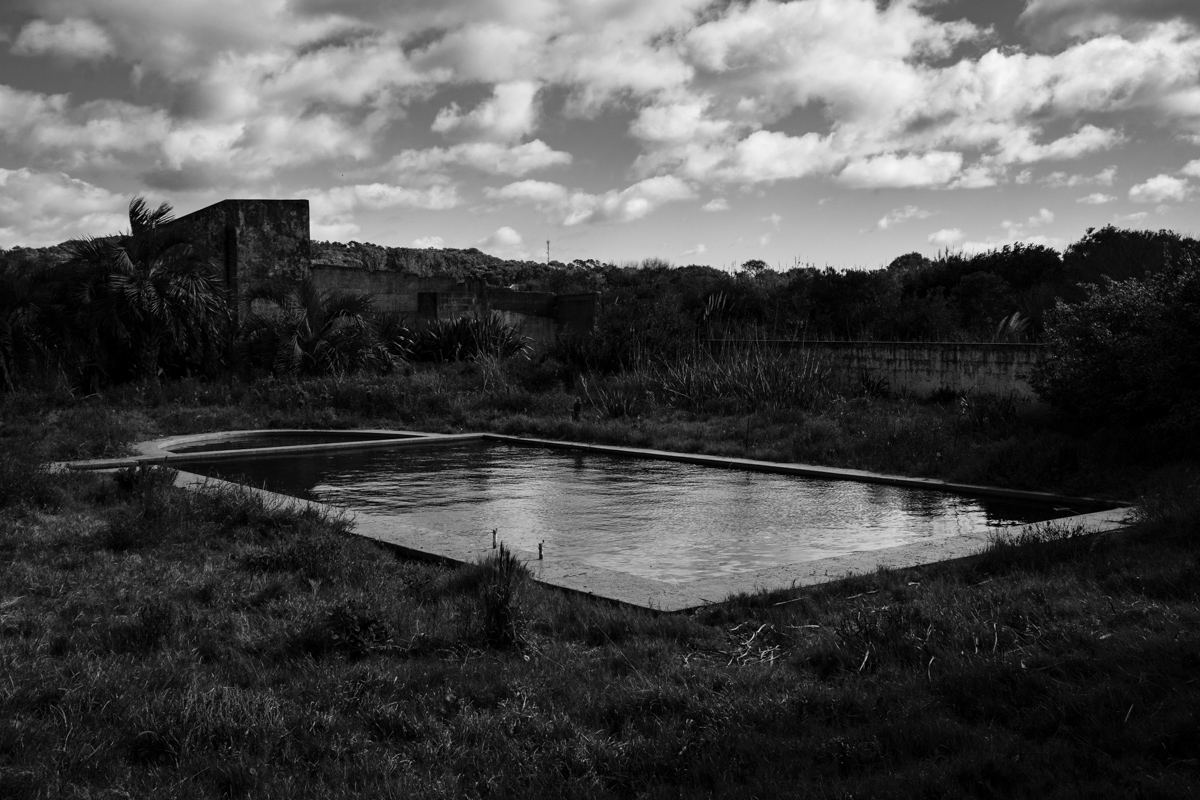
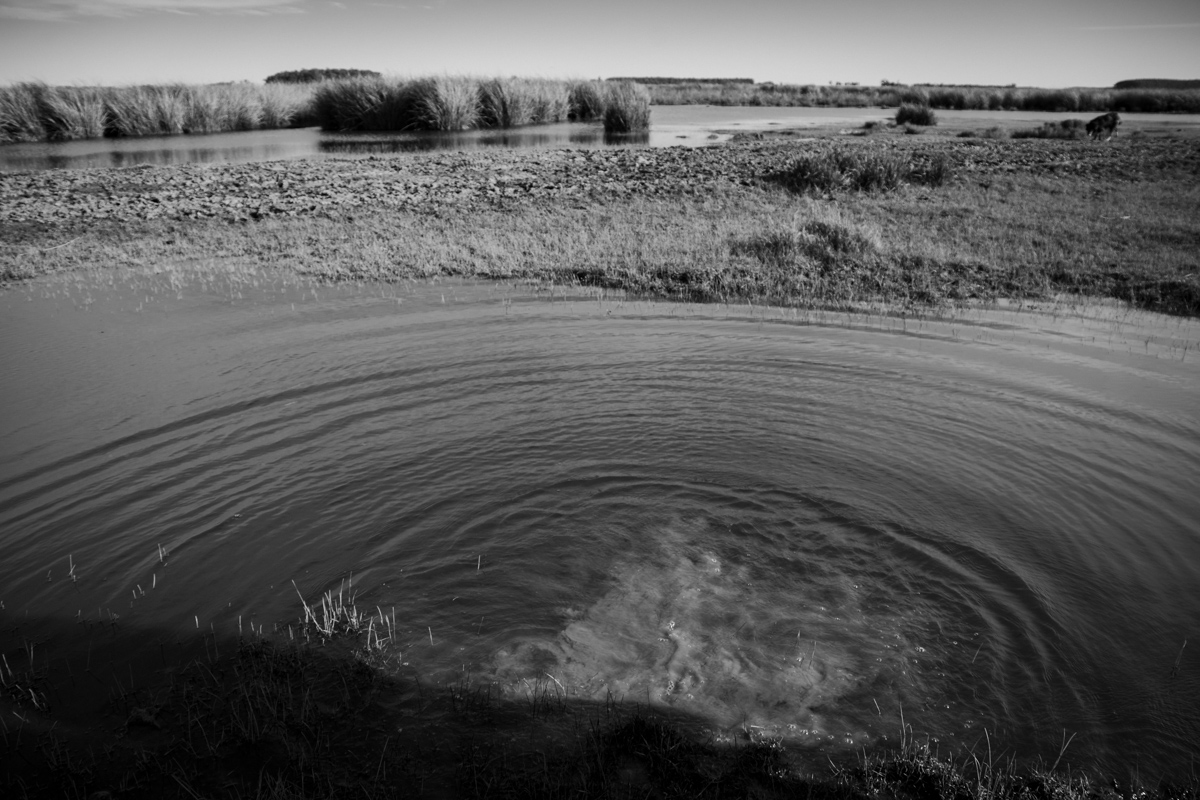
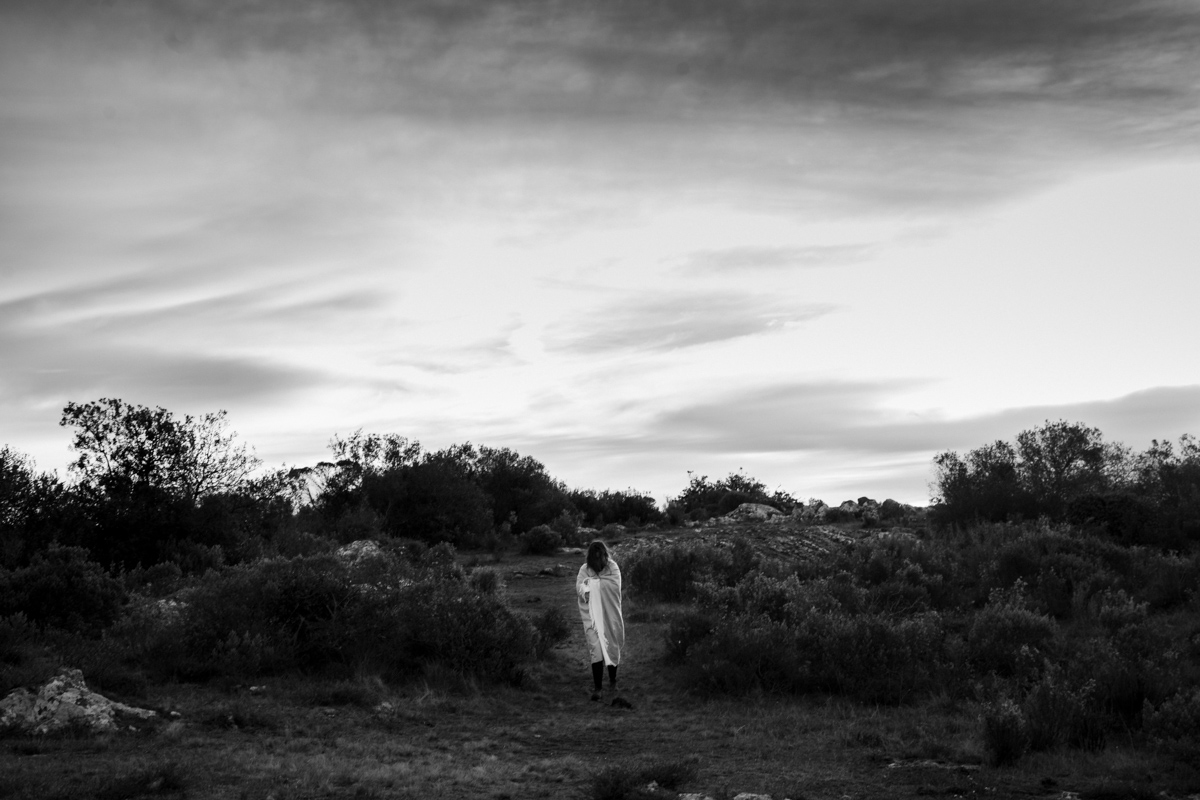
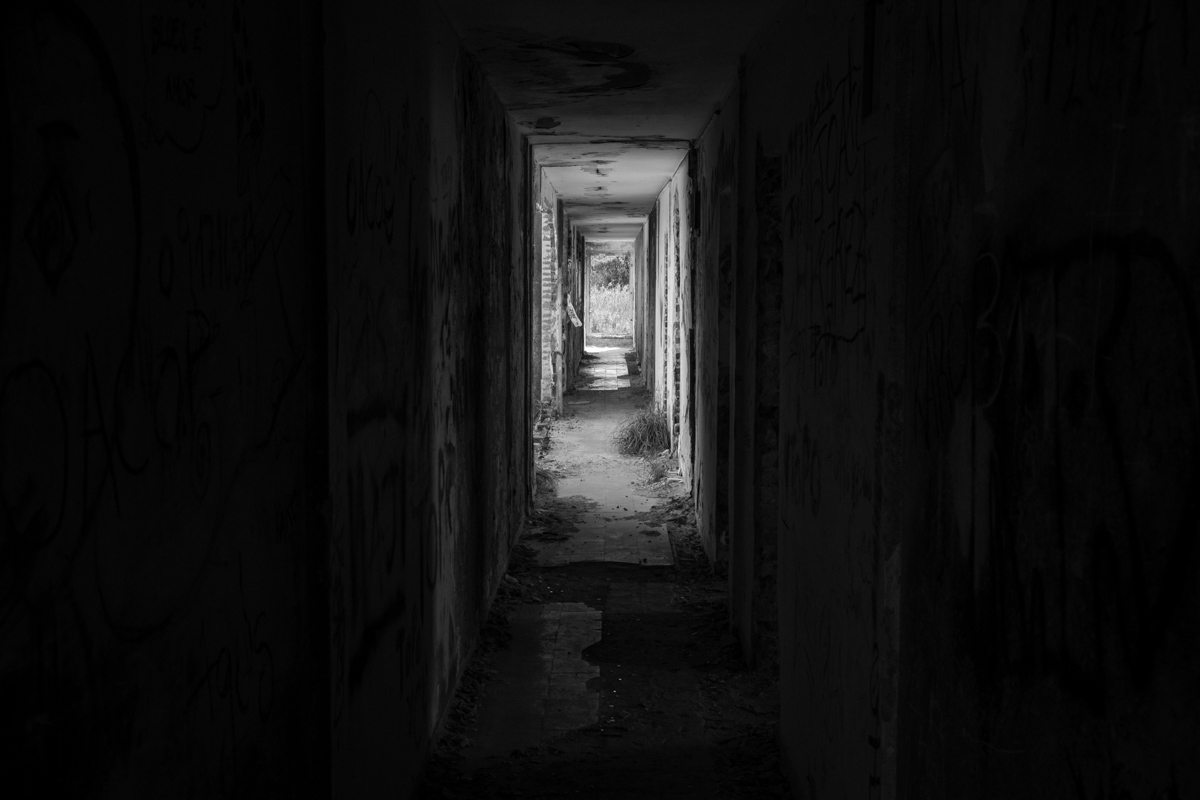
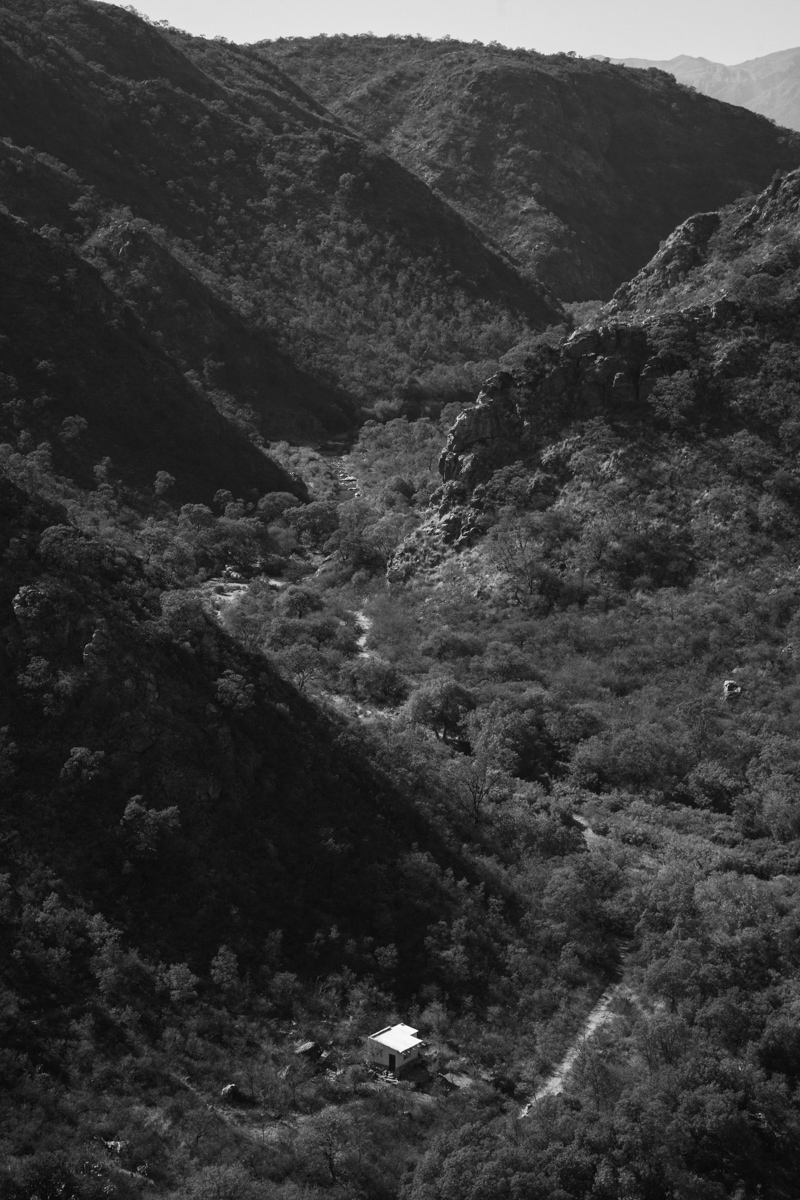
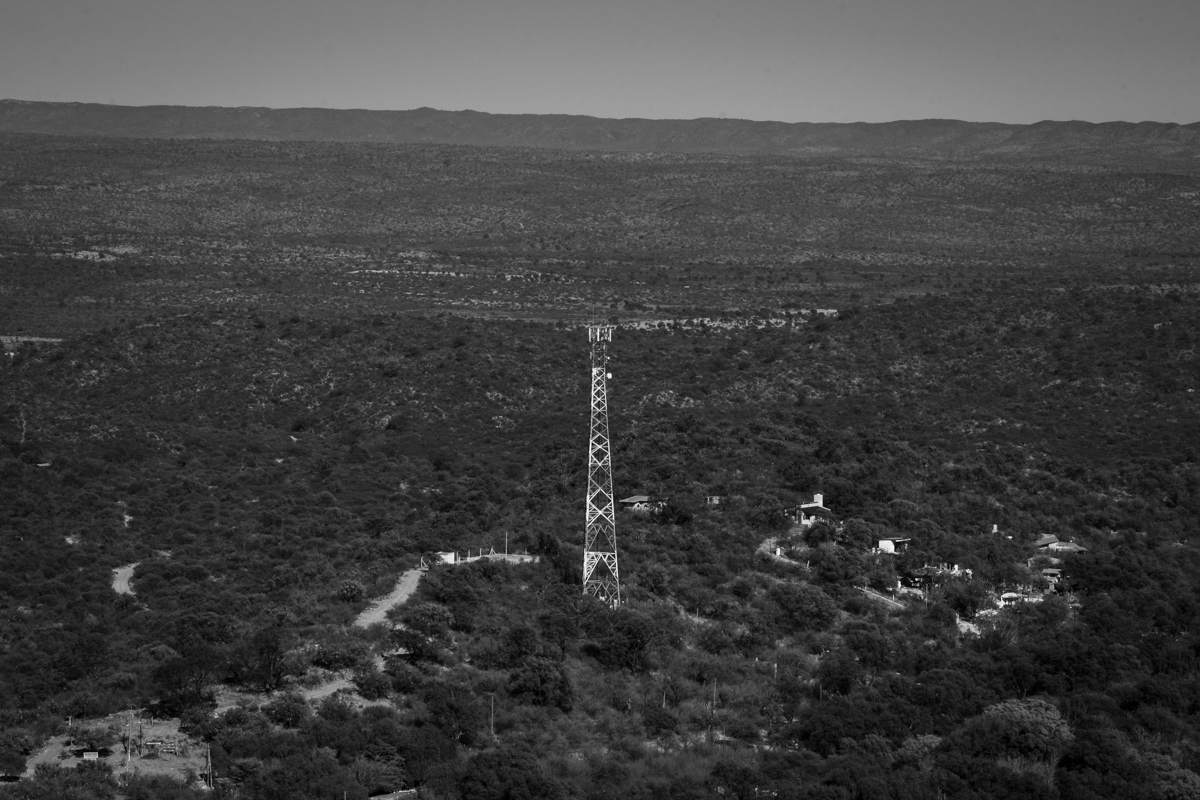
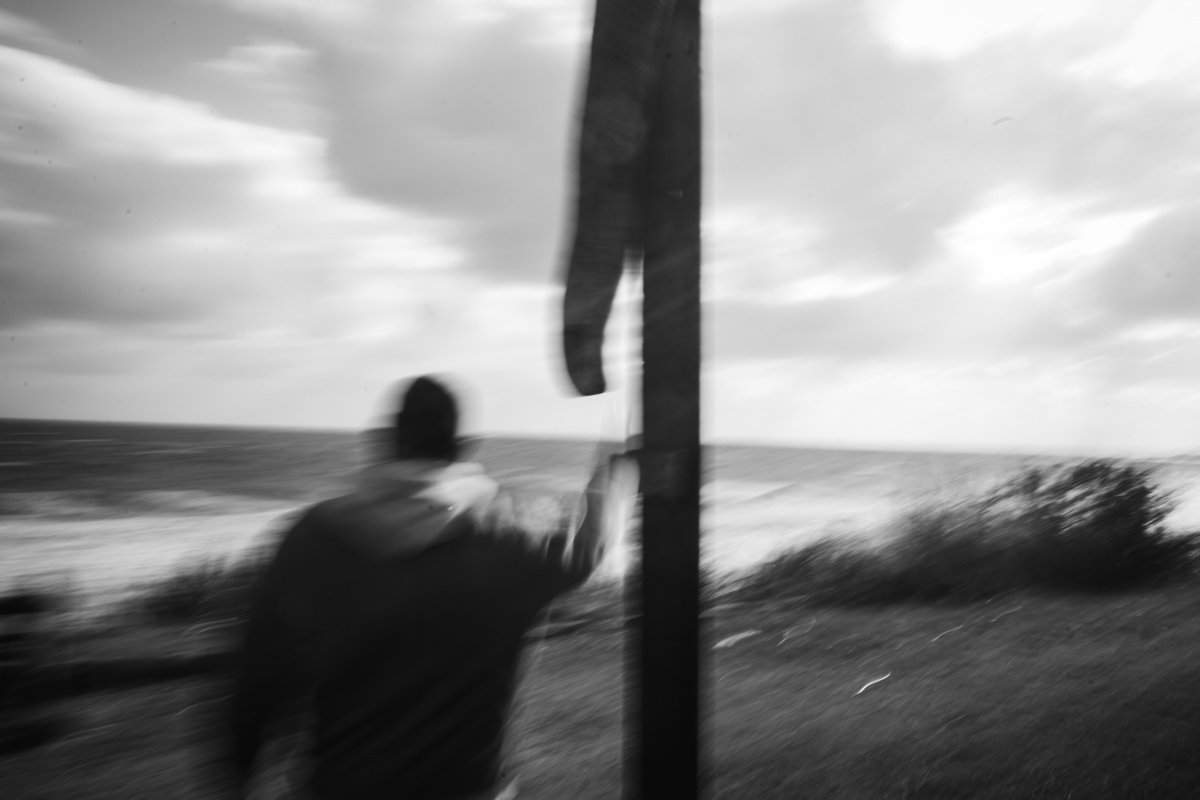
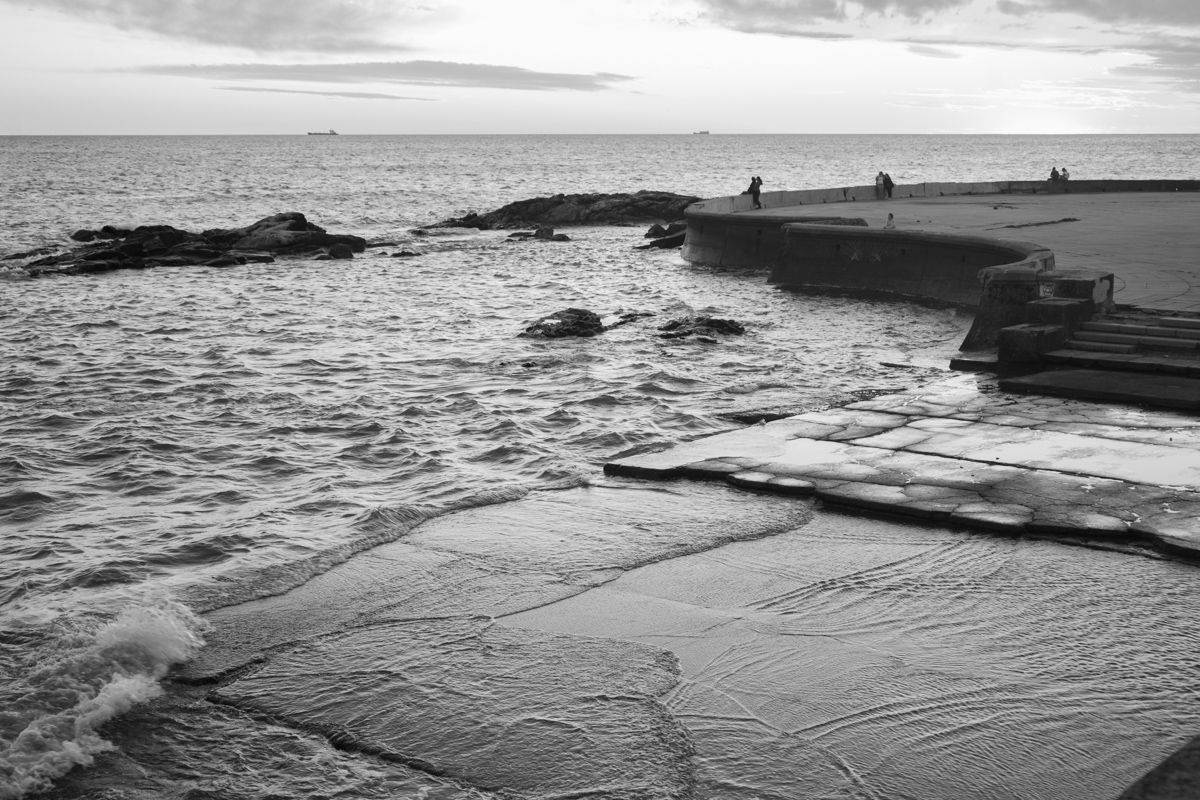
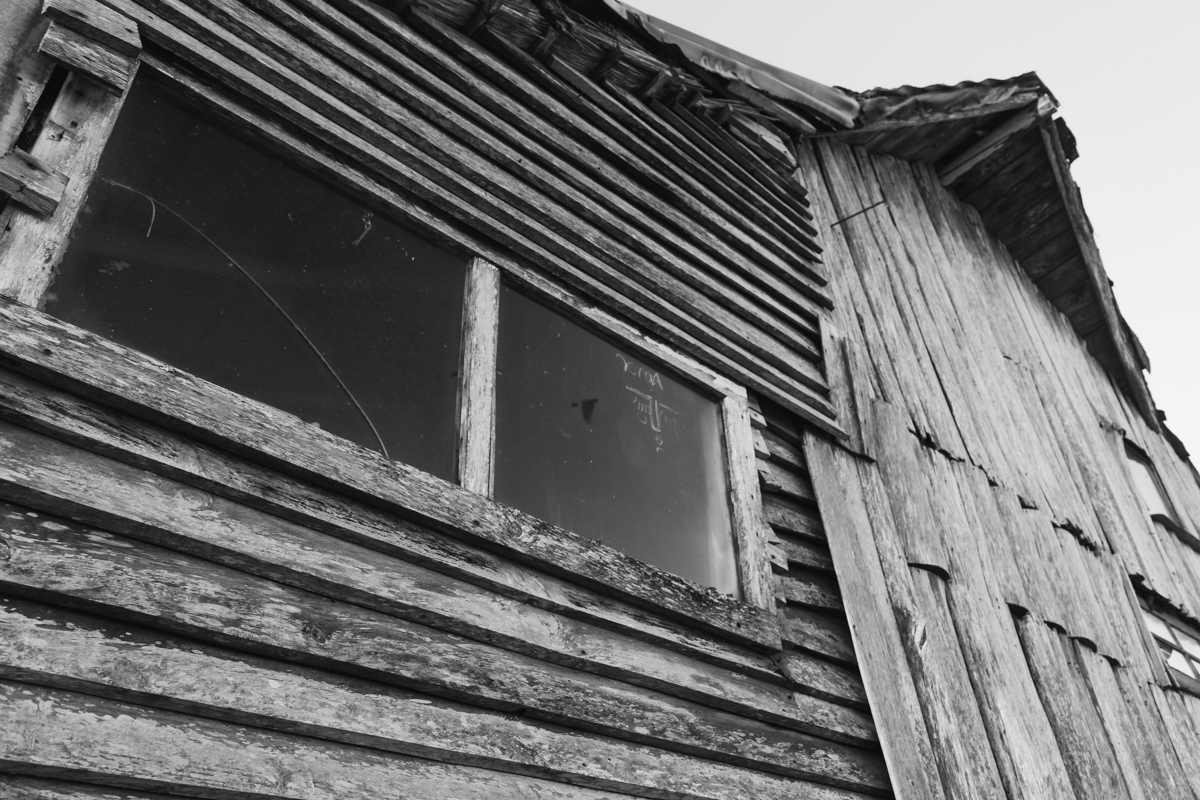
The footprint (huella) and the place (lugar).
The condor can fly up to five thousand meters high and travel through large territories in their incursions in search of food. He is considered the bird that unites heaven and earth by pre-Columbian Andean cultures and is responsible for elevating the spirit of the dead to heaven. He is monogamous and, usually along his life, lonely.
Traces are the trail of peculiar beings that roam in the dark, in the landscape. They are the shadows that keep memories, the “eikon” or icon of Plato that belongs to the world of appearances and is related to the imitation made by the human mind on the eroded earth, the rough sea or the striped sky.
Over some years I have inhabited landscapes without a place to call “home”, marking and discovering traces and resonances that give voice to them, through their existence in us.
The stare on these images, these landscapes, is the result of a self-portrait looking outward.
What happens when dark dreams were dreamed in a scenery-landscape that is outside the revealed-to-our-eyes land? What wishes shaped these light changes?
The duality of light and darkness is present in these resonances, in images that keep, in the non-place, an interior mapping of myself.
This is, more than a documentary process, a physical and mental journey to an existence marked by these footprints, feeling the earth with the feet and living in a stage where sky, sea and earth unite.
Note:
This is a photographic essay that was born after seven months of work in the Procesual workshop, guided by Verónica Cordeiro.If you want to buy one, write me a message that I am happy to carry or send a copy to you (there are very few ones).
This is a chapter from the long-term project: Masks.
“The correct side of the history is not either a straight line or a single road; it is a
cluster of intersections, detours and confused routes.”
Obligation to devote, easy propaganda, fear, censorship and many other ways to
undermine the hopes of the people has been the strategy for the Venezuelan government to keep
the power and the order. Nowadays, we can see that they failed on the second when
you look at their faces, at their actions and rebellions. This is the day-to-day of some
people in one of the most corrupt, violent and critical countries in the world.
For them the future does not exists, the past has gone away, and in the present, they know
that they have so little to lose, and so much to win.
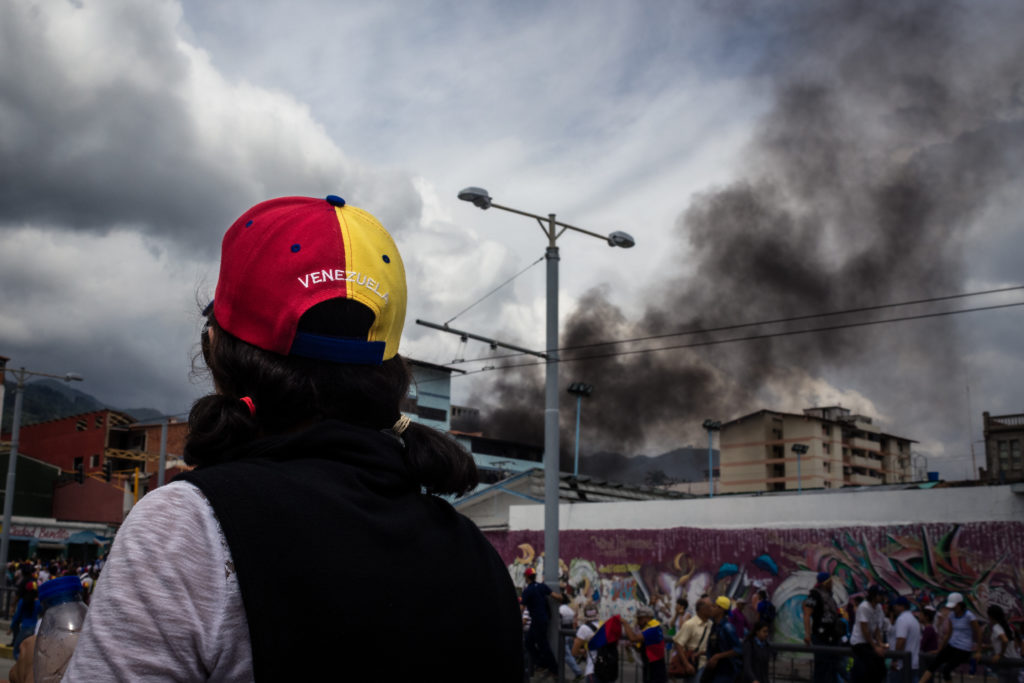
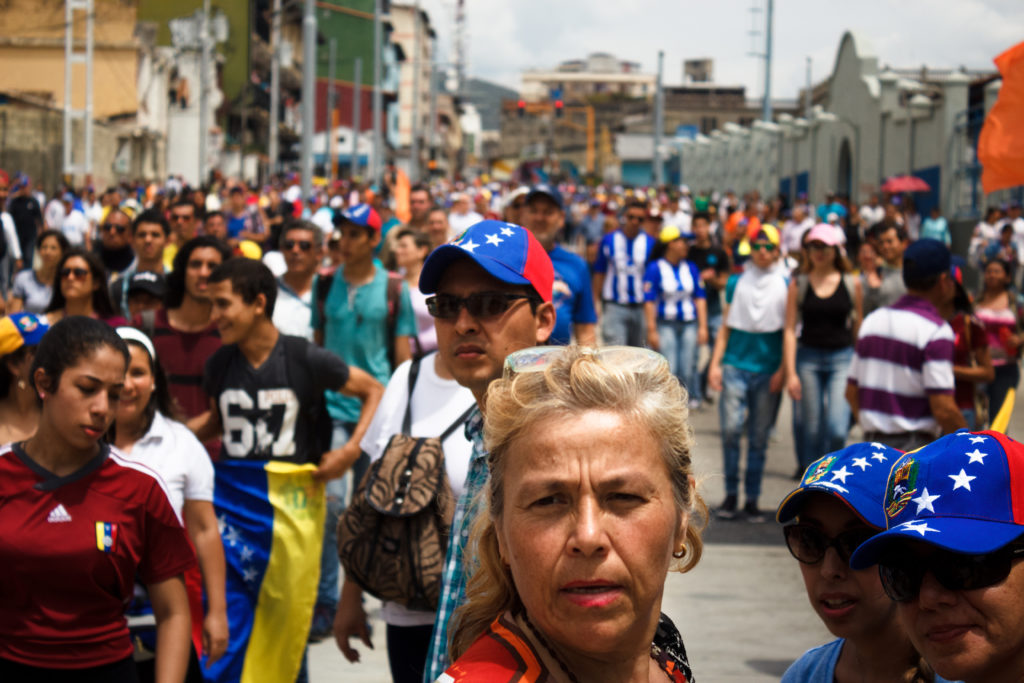
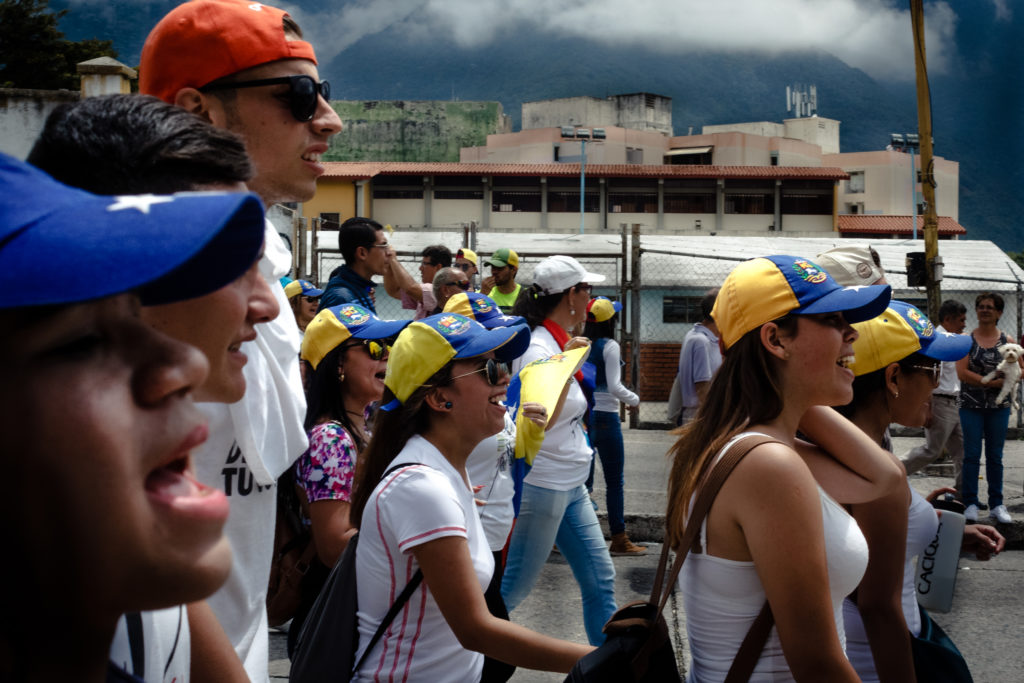
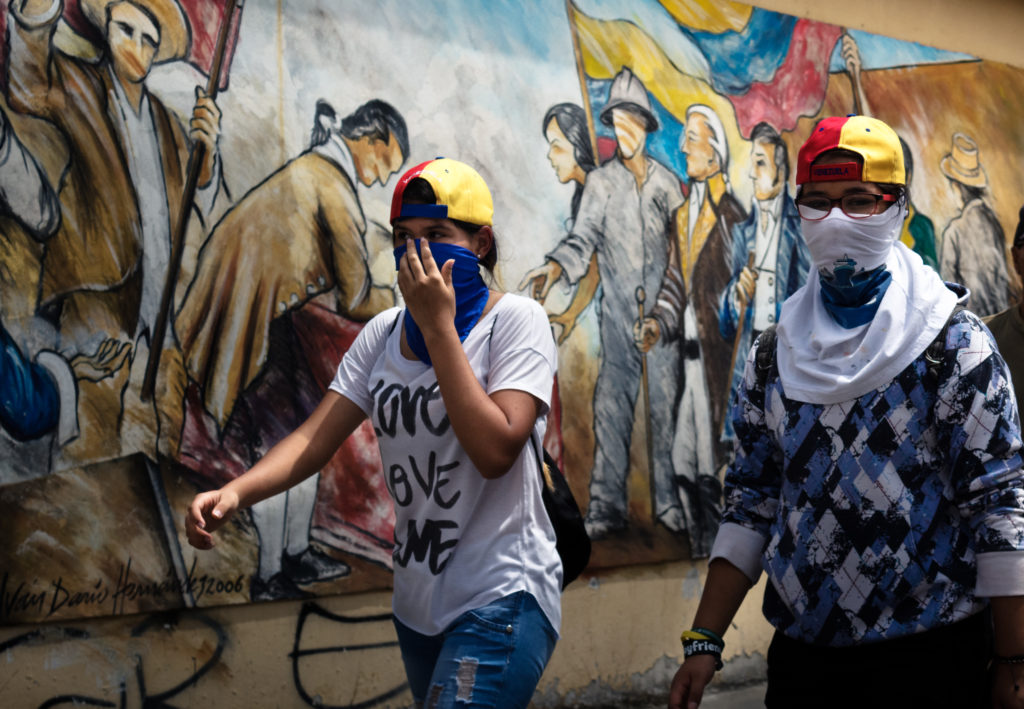
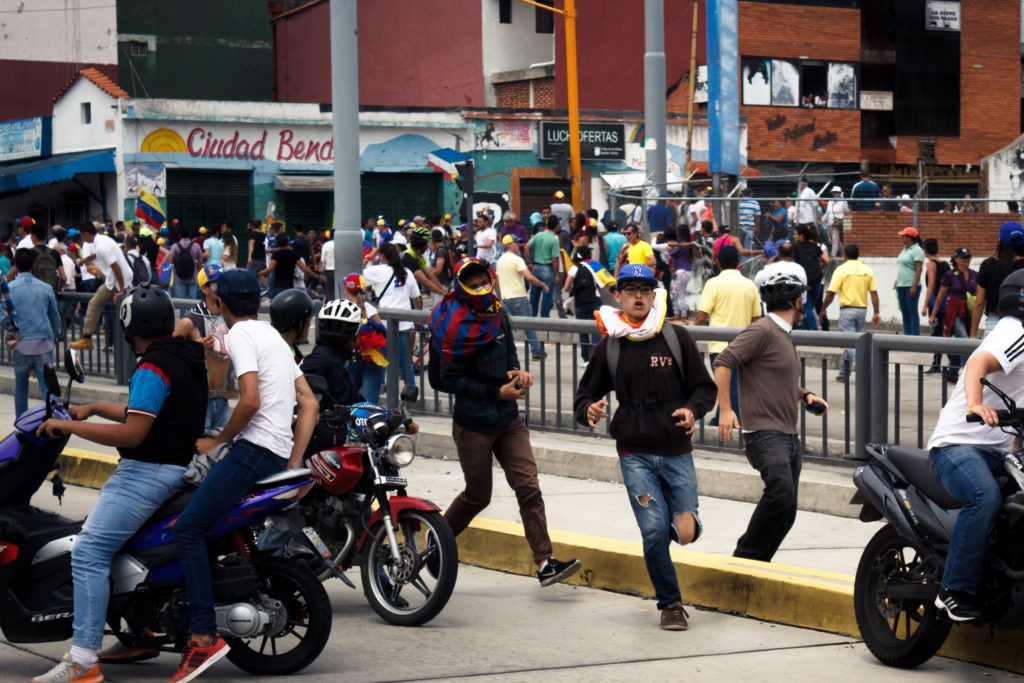
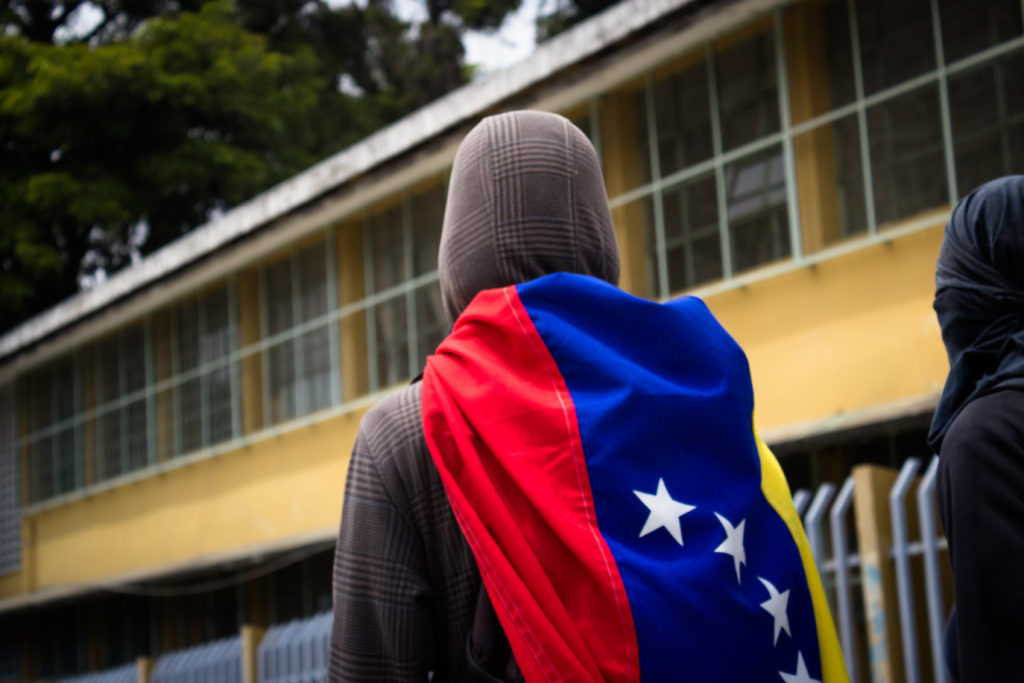
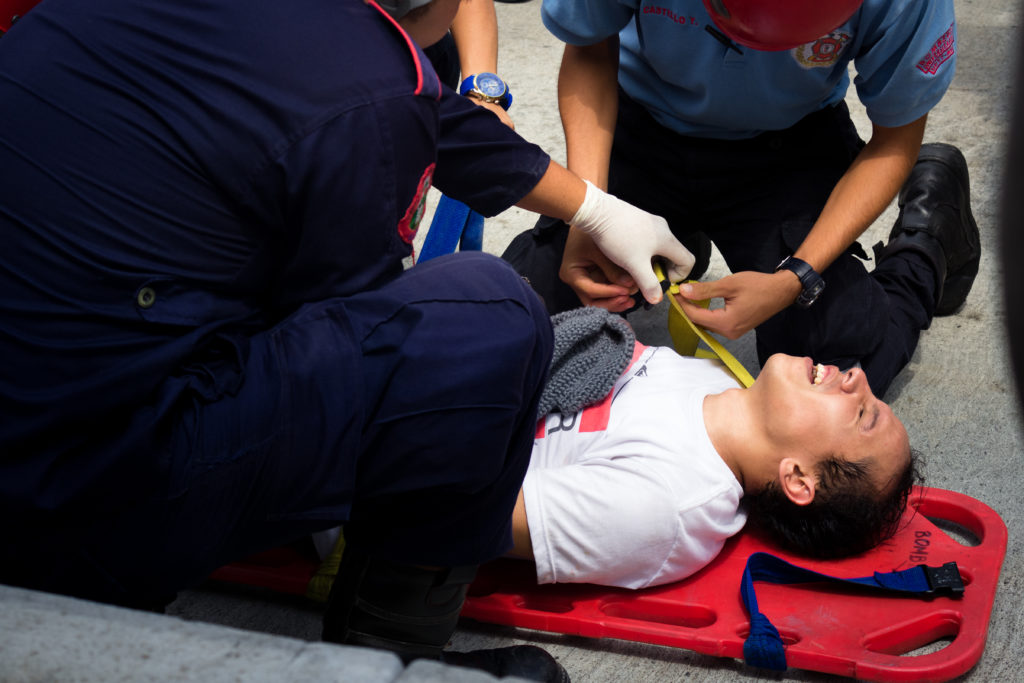
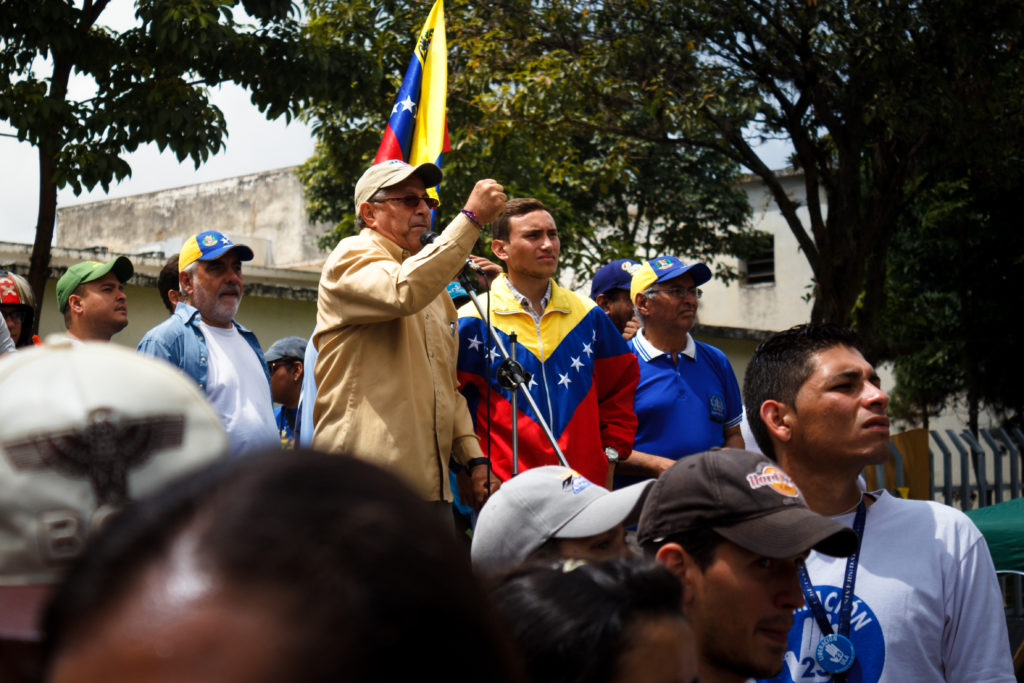
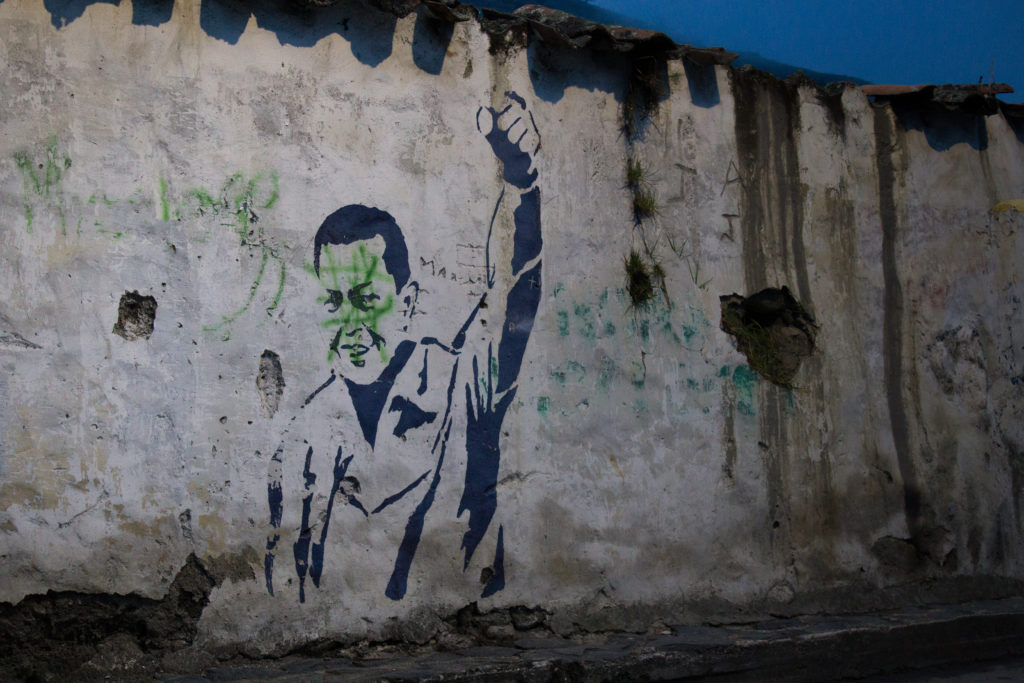
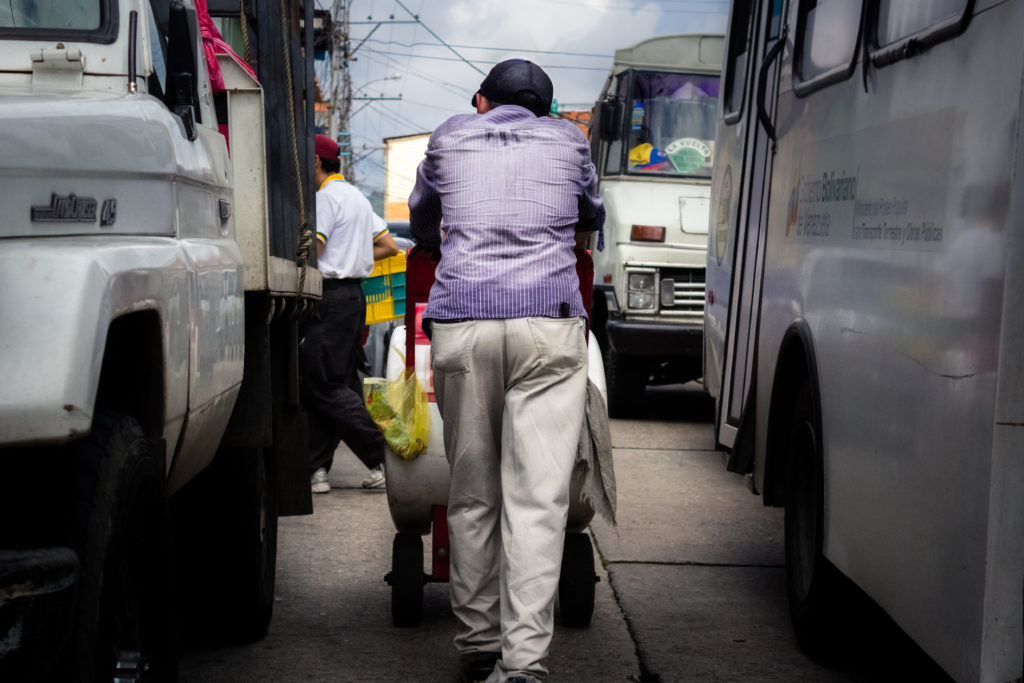
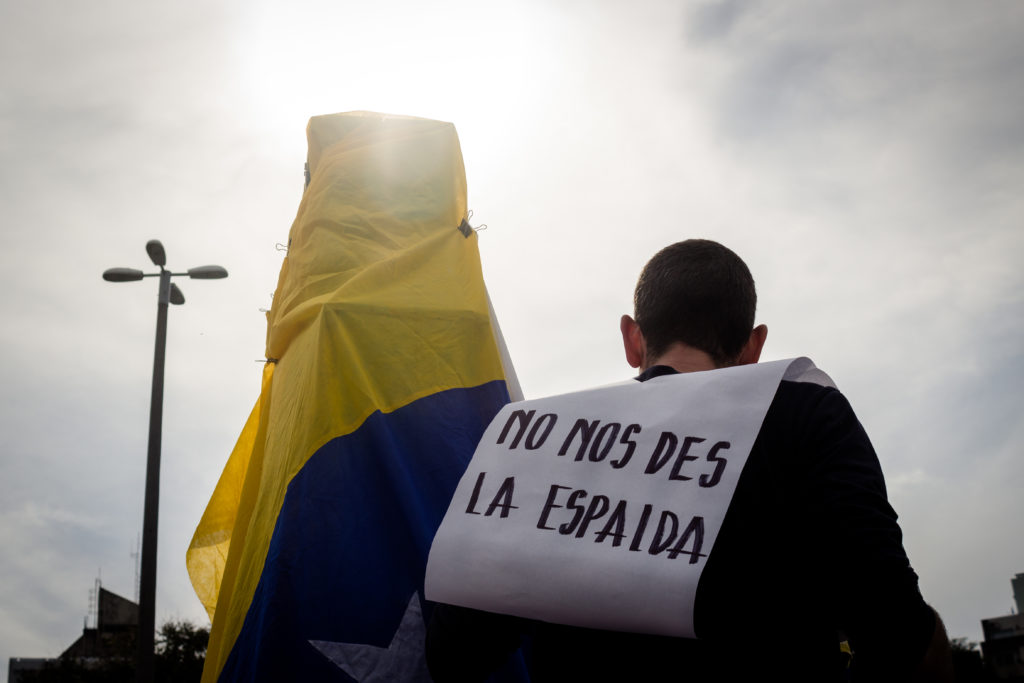
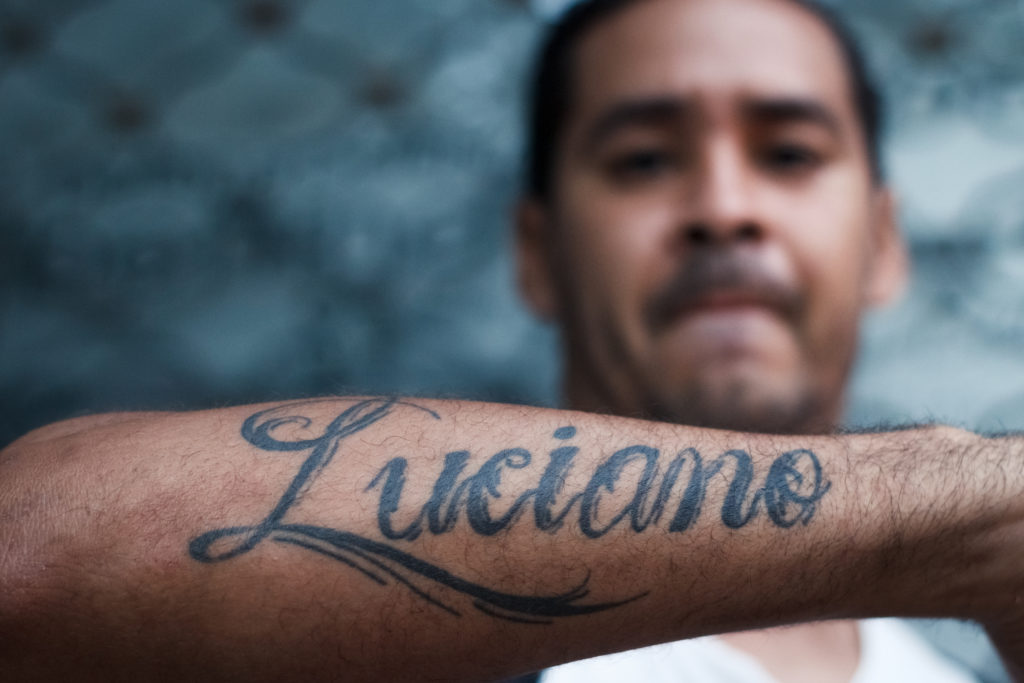
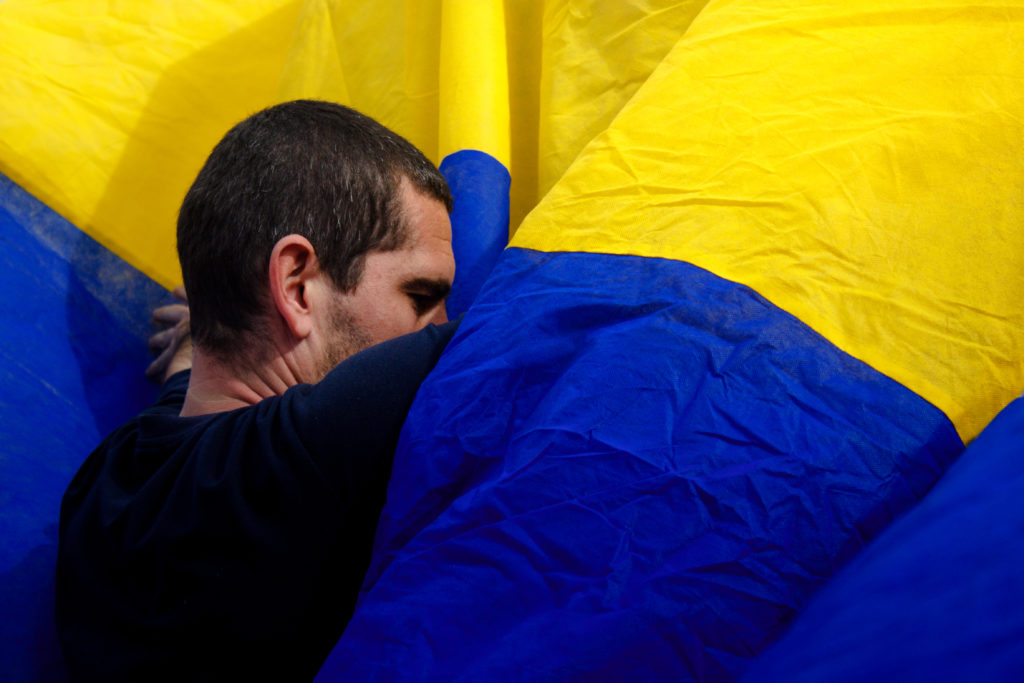
Alca is an irreverent, street souled and dreamer rapper, skater and surfer.
Full of good vibes, Alca rolled from here to there driven only with his arms,
because he does not need any shoes to destroy with the skateboard sandpaper.
He was born in Caracas with a congenital problem in his lower body that steeled his legs from the hip,
but since he was a kid, he used to be very curious and his grandma was there to explain a legged and complicated world to Alca.
Despite the fact that she is no longer with him, she stills alive in Alca’s shoulder.
He was six when he saw many skateboarders rolling down through Caracas
when he decided to do the same for the rest of his life, and so he is working on it.
